The average person walks 115,000 miles in their life
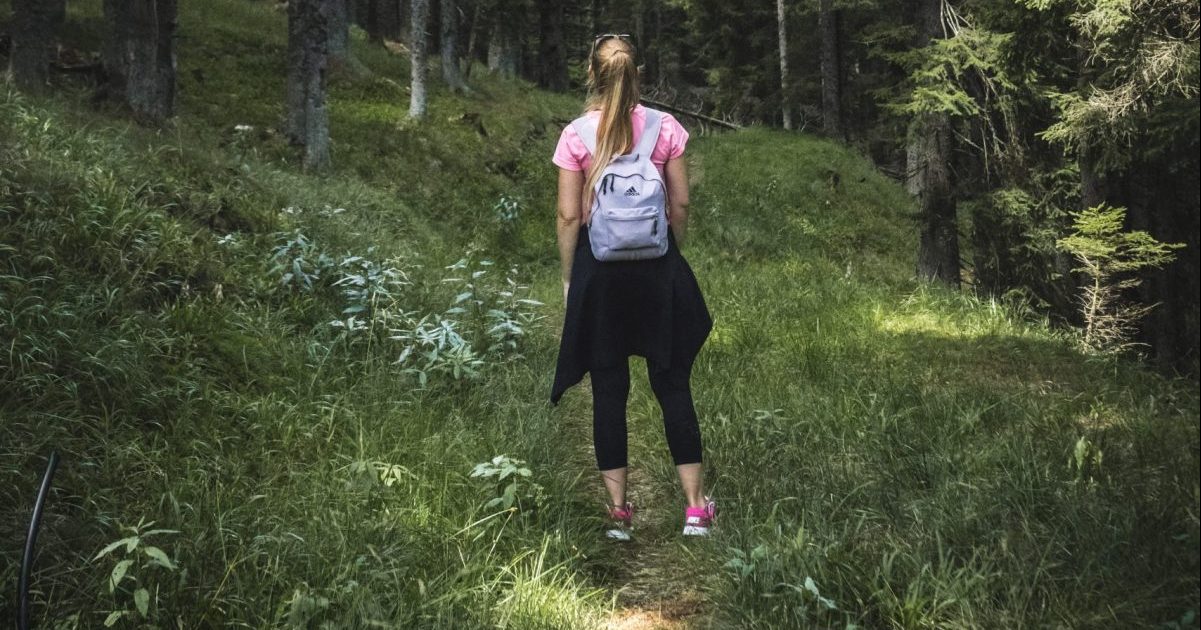
The average person takes about 8,000 to 10,000 steps per day, which adds up to approximately 115,000 miles over a lifetime. That’s nearly three times the circumference of the Earth. However, this statistic varies greatly by region. Some studies have suggested that Americans take as few as 4,774 steps per day; but this is still more than Indonesians, who rank bottom at 3,513 daily steps.
Feet produce half a pint of sweat per day
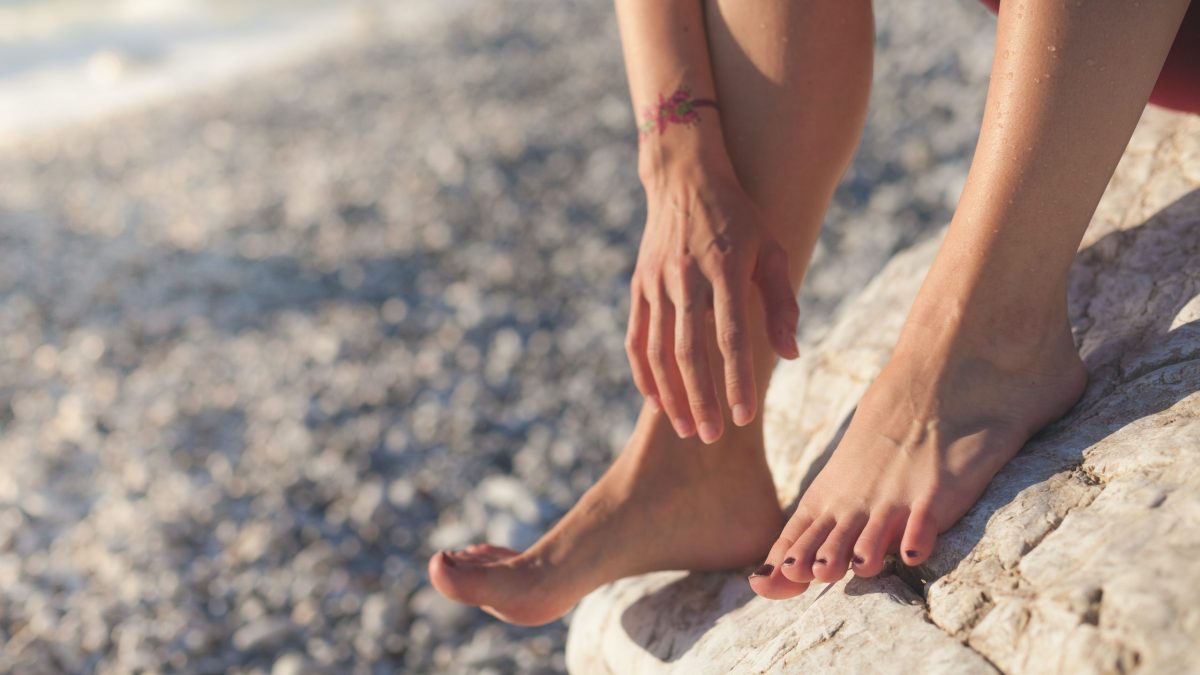
Feet have more than 250,000 sweat glands and can produce up to half a pint of sweat per day, making them one of the sweatiest parts of the body. These glands are particularly active because they are enclosed in socks and shoes, which create a warm, moist environment that is conducive to bacterial growth, making breathable footwear an absolute must.
They’re the most sensitive part of your body
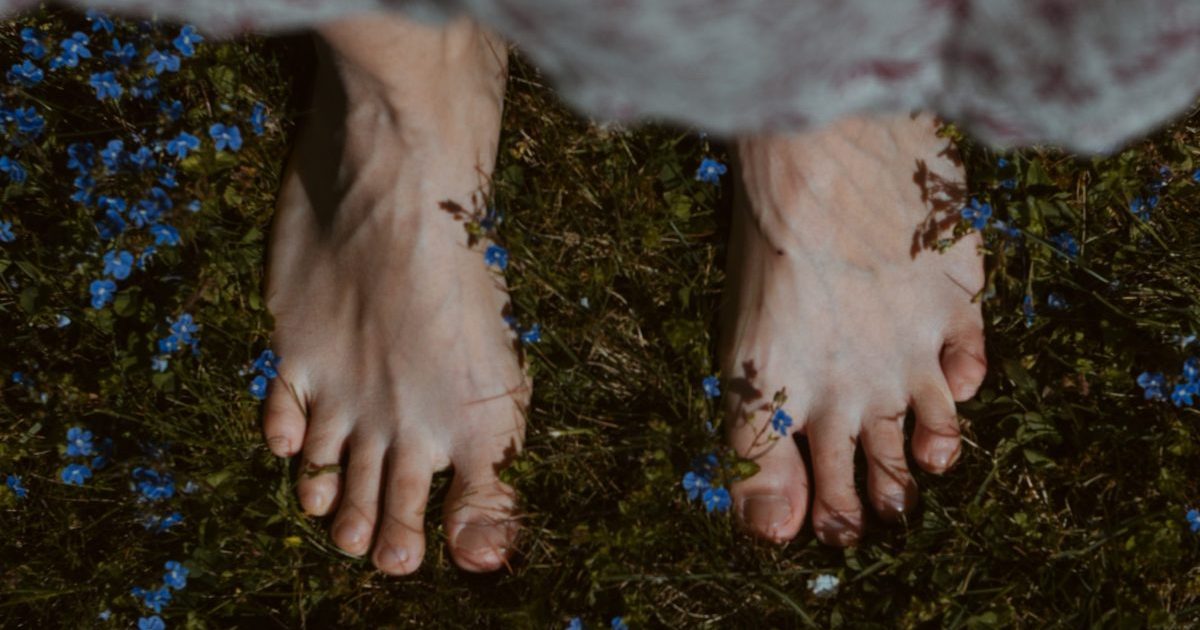
The soles of the feet contain more nerve endings per square centimeter than any other part of the body. This is despite the skin on the bottom of the feet being the thickest on the body, with an average thickness of 1.6 millimeters. Such sensitivity and thickness hark back to our hunter-gatherer forebears, who needed to discern details of the landscape and travel far.
The world’s biggest feet are more than 40cm long

The world record for the largest feet belongs to Jeison Orlando Rodriguez Hernandez from Venezuela, whose feet measure over 40 centimeters long. He’s held the record since 2014, with the Guinness World Records website contributing the understatement of the century: “[for Hernandez,] finding shoes has never been easy.”
The Chinese used to read feet
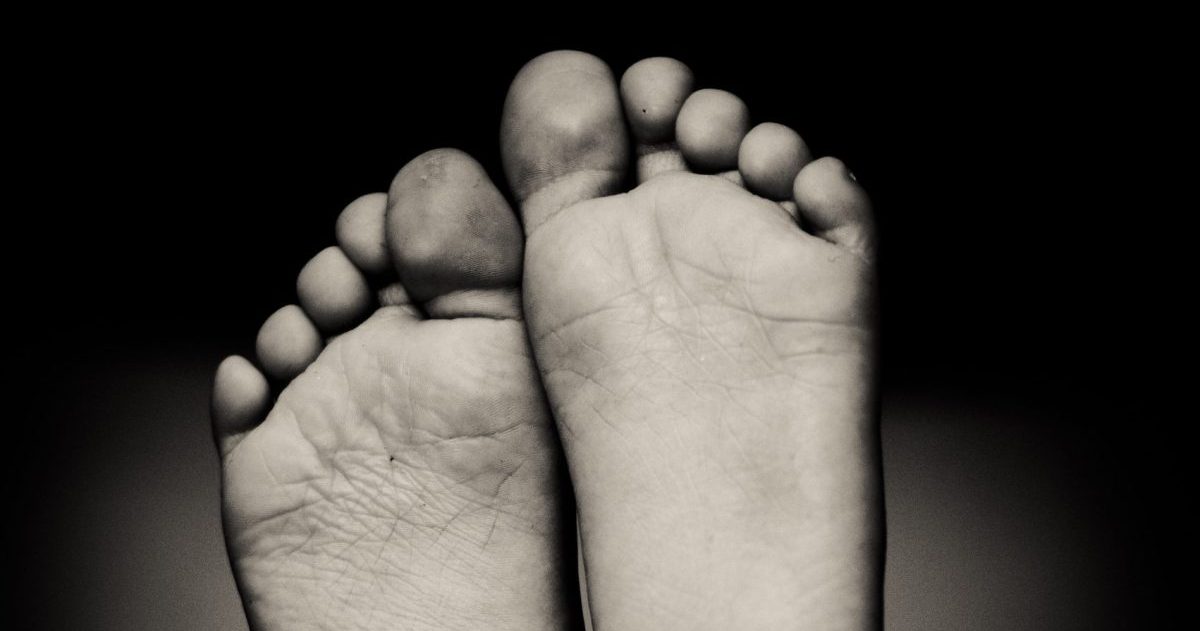
While it has since gone out of fashion, ‘podomancy’ (also known as solistry) used to be a popular method of divination in China. It was claimed, much as palm-reading has been a perennial superstition in the West, that one could predict the future based on lines on the feet and shapes of the toes.
More people have foot fetishes than you think
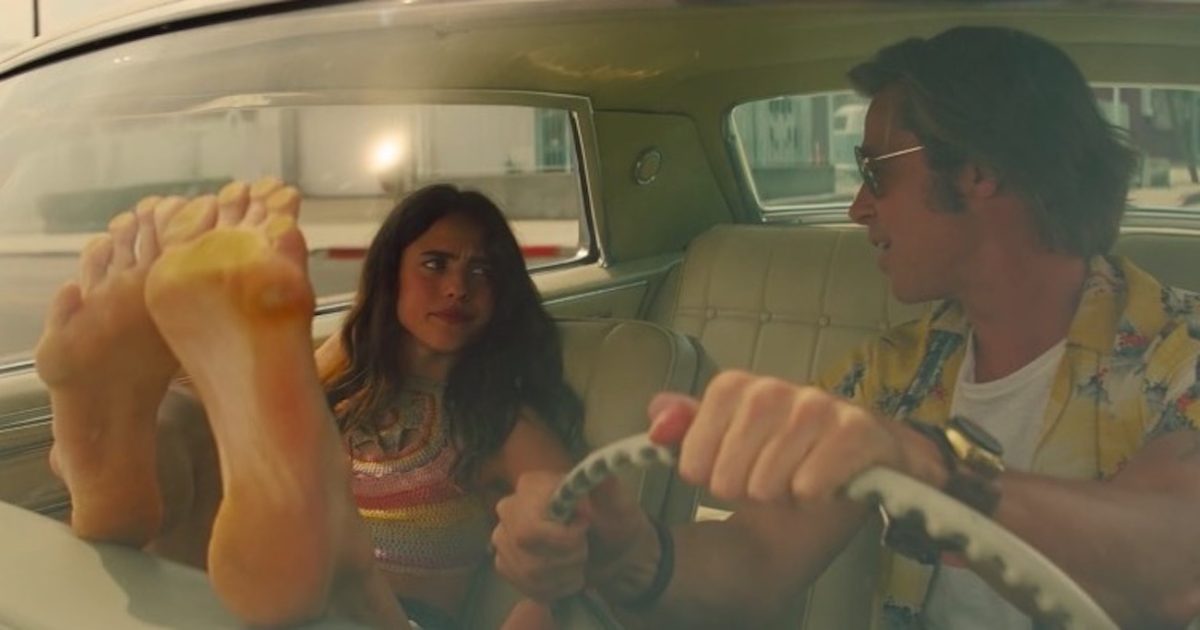
Foot fetishes, or podophilia, is a sexual attraction to feet that is relatively common, with an estimated 10-20% of the population being affected to some degree. Similarly, it’s thought that more than 47% of fetishes involve feet in some way. The reasons why feet are apparently so alluring are not well understood; however, in some cultures they’re thought to symbolise femininity and submission.
Pregnancy can change your shoe size
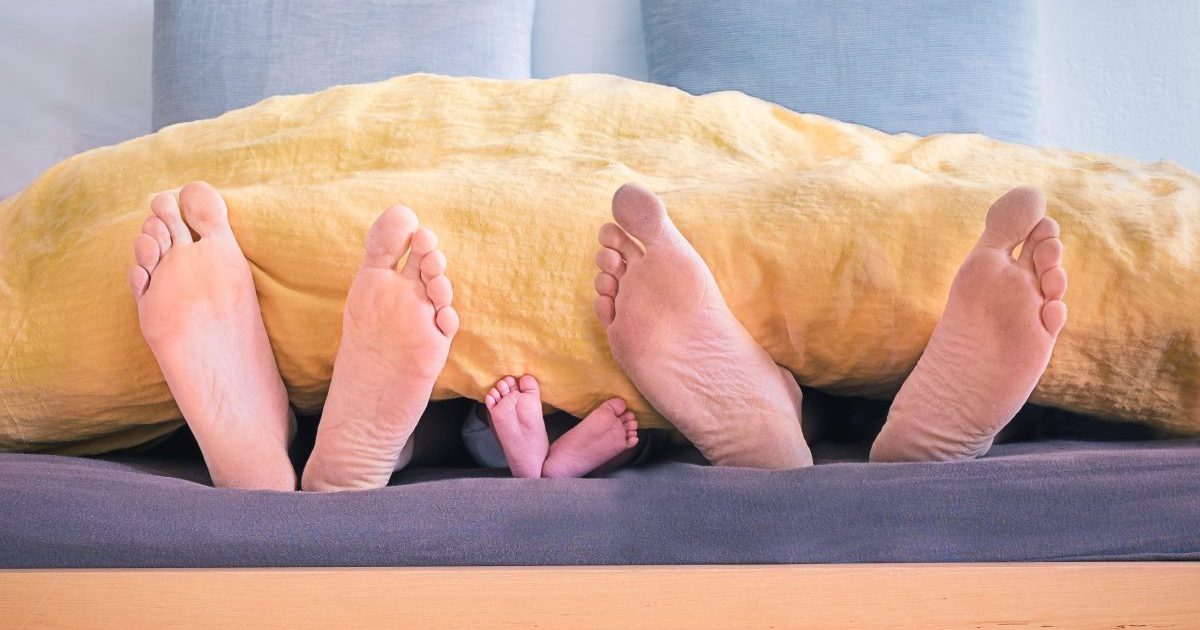
During pregnancy, the body undergoes many changes, including hormonal changes and an increase in blood volume. These changes can cause a woman’s feet to swell and become wider or longer, leading to a change in shoe size. Remarkably, these changes can persist even after the baby is born, meaning you might be buying new shoes for yourself as well as for the little one!
Your foot is A4
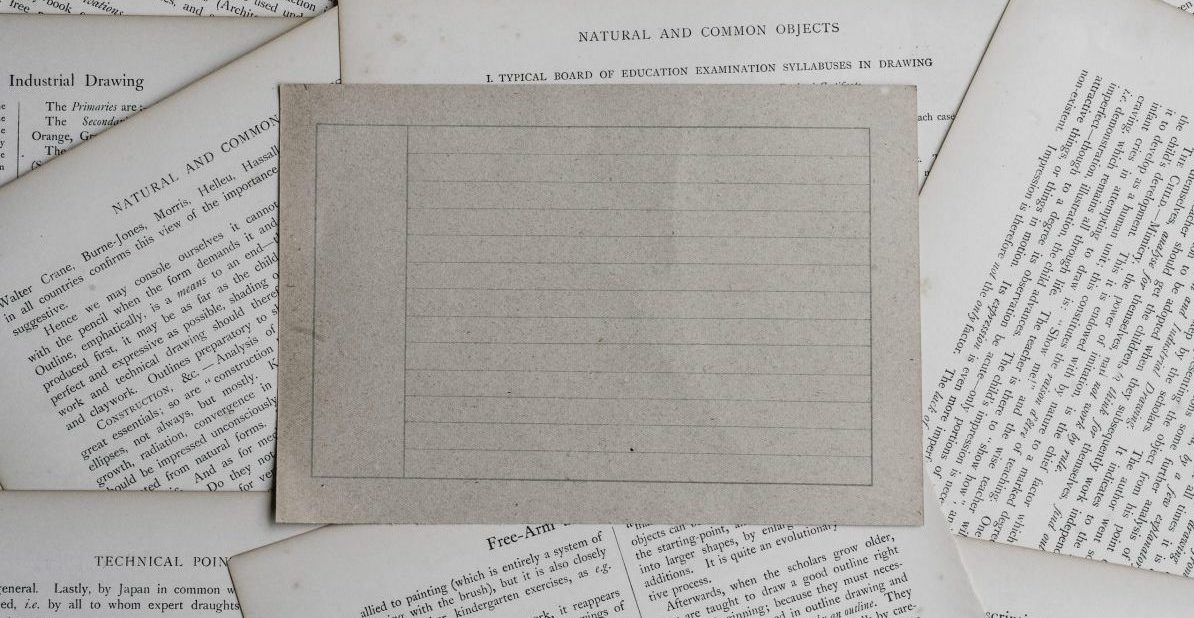
Unwrapping the skin on your foot would create an area large enough to fill an entire sheet of A4 paper. But it’d be very painful. Still, this is nothing compared to the length of the small intestine when unravelled, which can stretch the length of a standard basketball court. Plus, unravelling your small intestine while LeBron dunks would hurt even more than unwrapping your foot.
Ancient Romans had a lucky foot

The left of anything has always had a bad reputation; in fact, the Latin for ‘left’ is literally ‘sinistra.’ So it makes sense that in ancient Rome, it was considered particularly bad luck to trip with your left foot, and people believed that stepping out of bed with the left foot first would bring misfortune.
People can be born with webbed toes
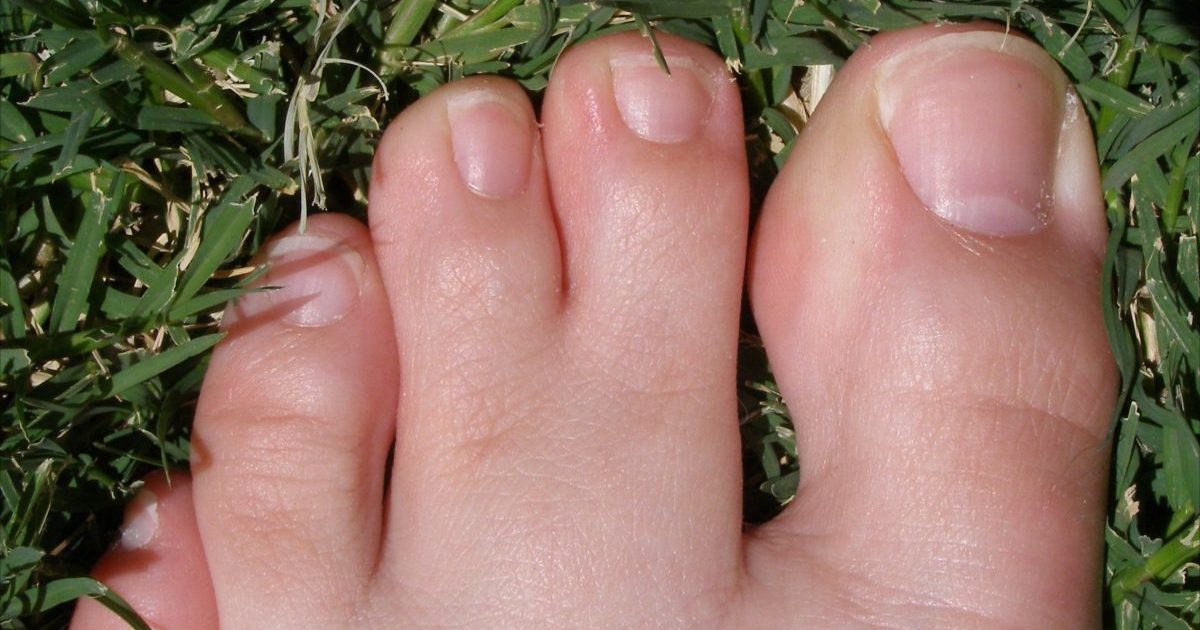
Webbed feet, formally known as syndactyly, is something typically associated with ducks and various semi-aquatic animals, but it can also affect humans. While it’s incredibly rare, affecting only 0.05% of live births, its cause is unknown beyond hereditary genetics. However, the condition causes few issues except for personal cosmetic concerns.
A quarter of your bones are in your feet
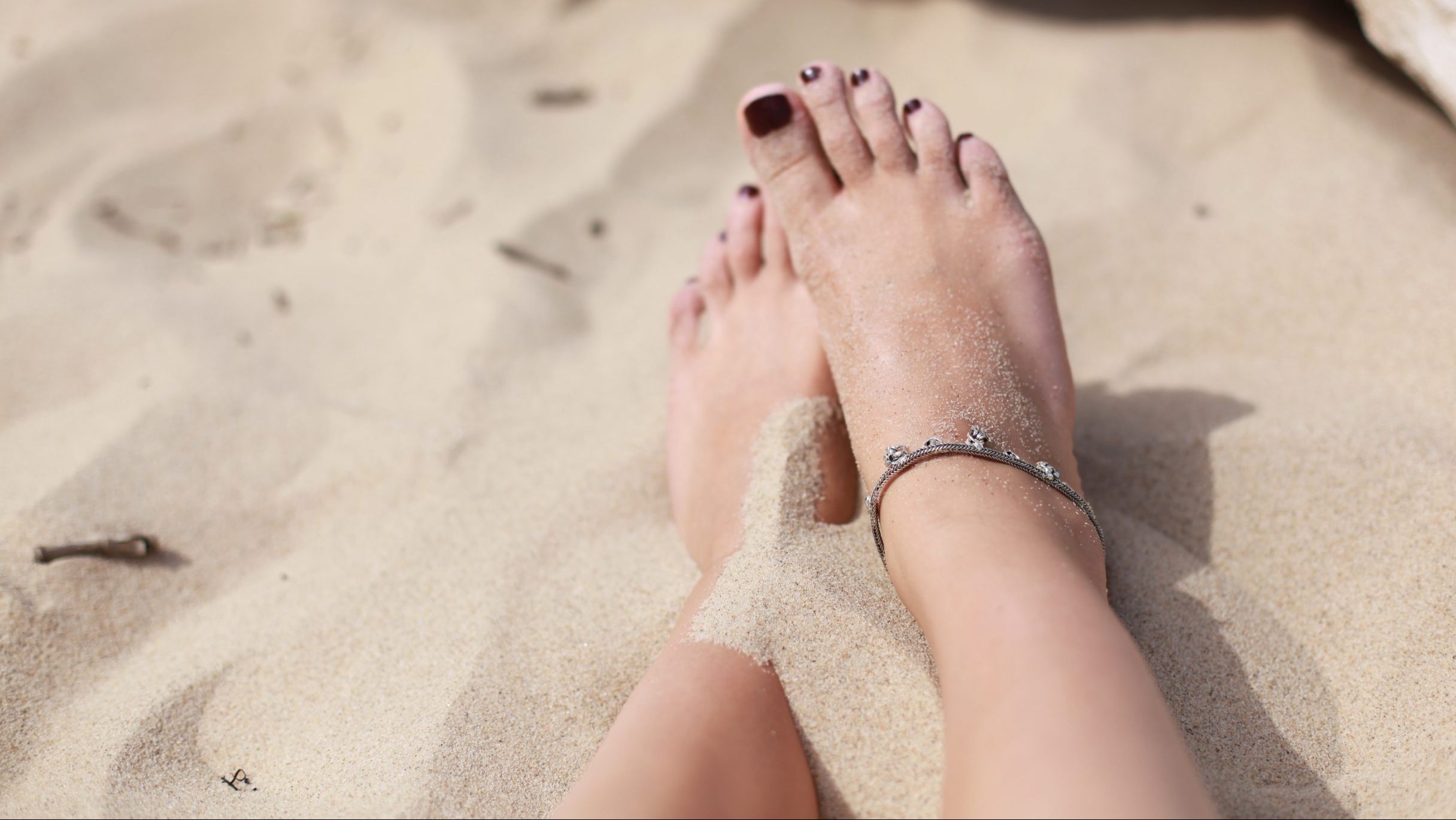
The human skeleton is comprised of 206 bones in total, and a quarter of those can be found in the feet. Each foot contains 26 bones, including the calcaneus, talus, cuboid and navicular. Additionally, feet are home to 33 joints, 29 muscles and 107 ligaments.
The way you place your feet reveals how you’re feeling
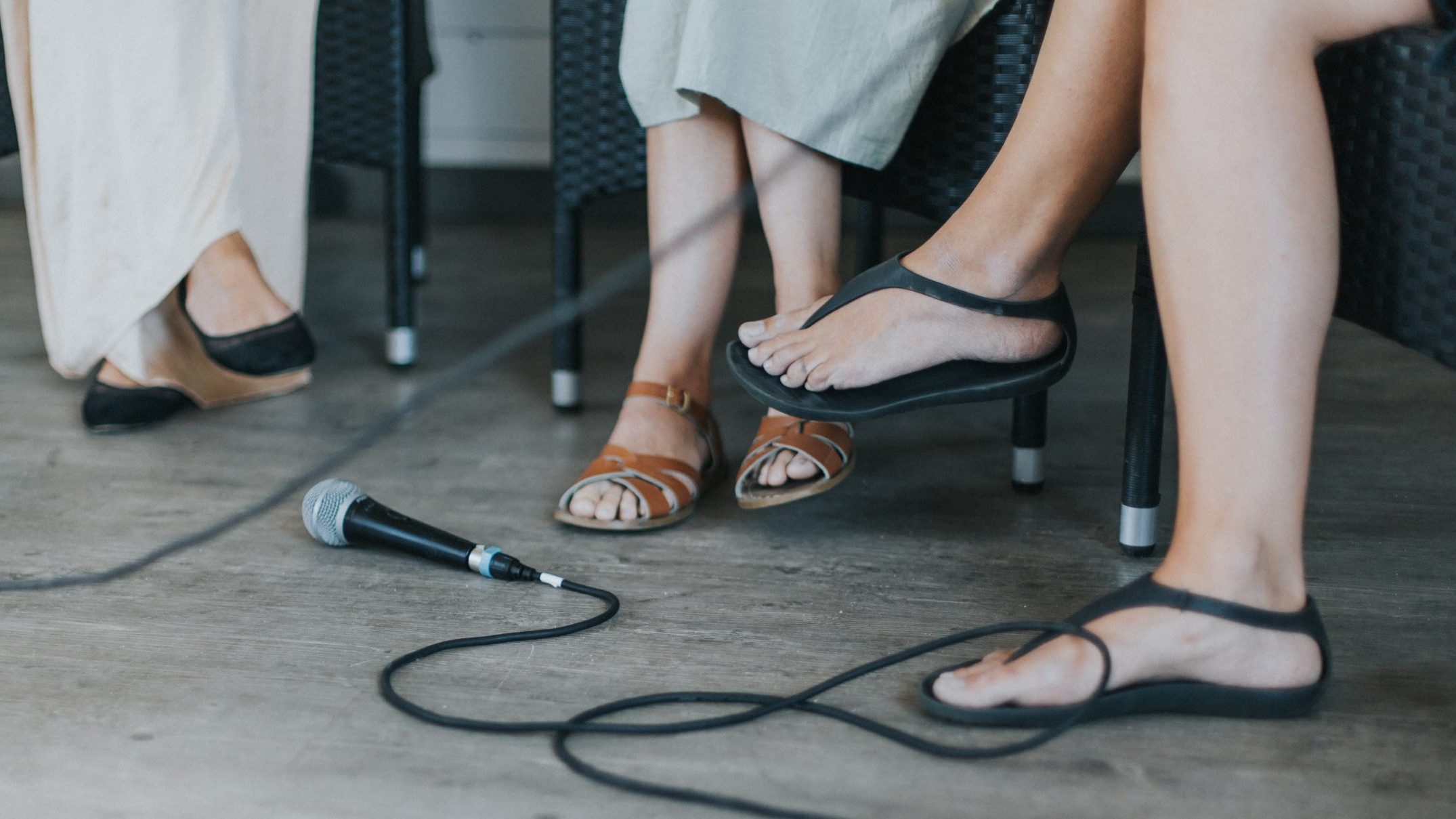
The way people position their feet can reveal a lot about their emotional state. For example, if someone is feeling interested or excited, they will subtly step forward with one foot in the direction of whatever (or whoever) they’re interested in. Conversely, if someone is feeling uncomfortable, they will often unconsciously point their foot away from the situation that’s putting them on edge.
The phrase “feet to the fire” has a grim origin
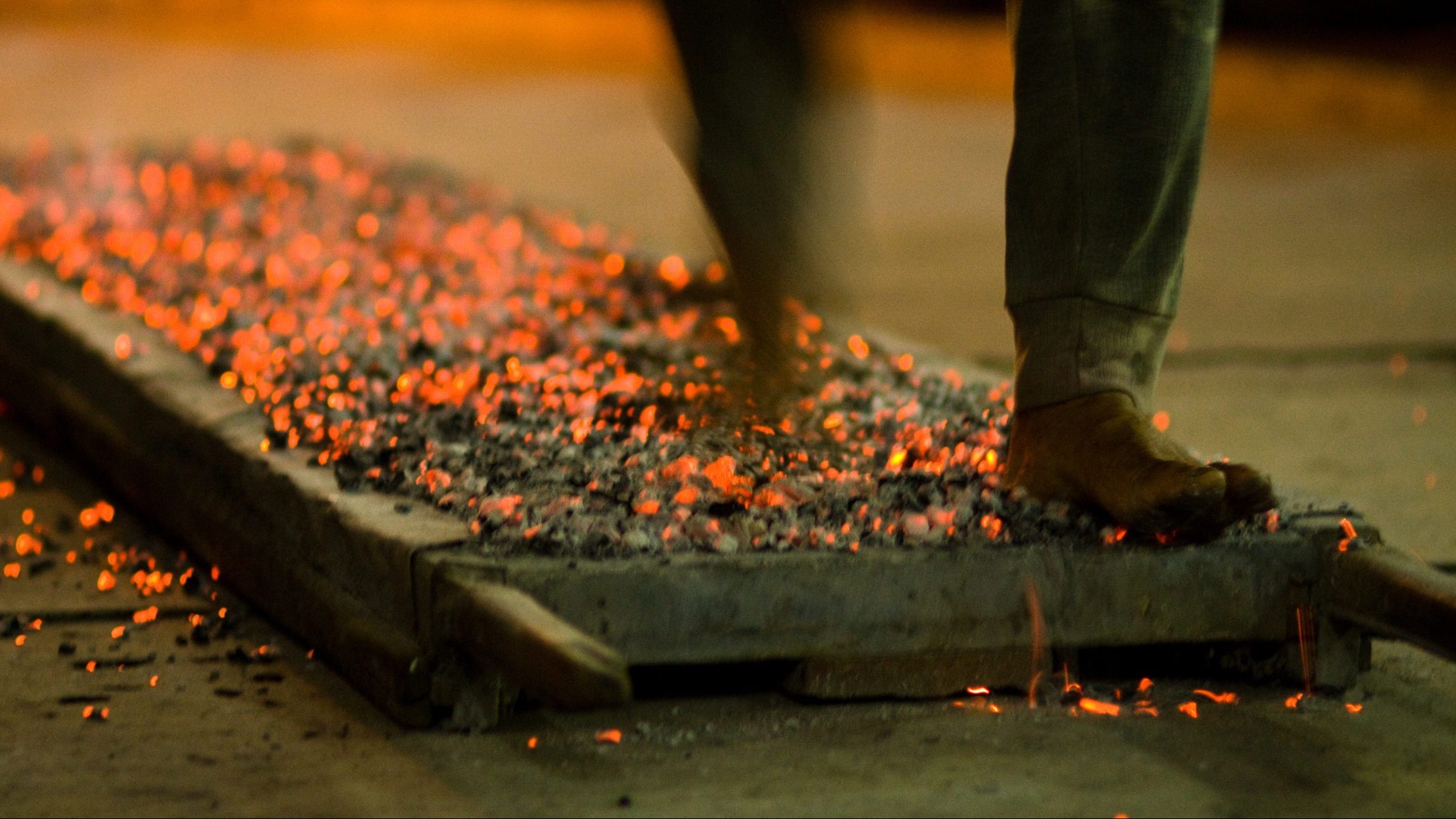
When someone is discussing holding another person accountable, they will often proclaim that they plan to “hold their feet to the fire.” The phrase has its origins in a Medieval form of torture known as a “trial by ordeal,” in which someone suspected of wrongdoing literally had their feet held over a fire or was forced to walk barefoot over red-hot coals.
A long second toe is known as “Morton’s Toe”
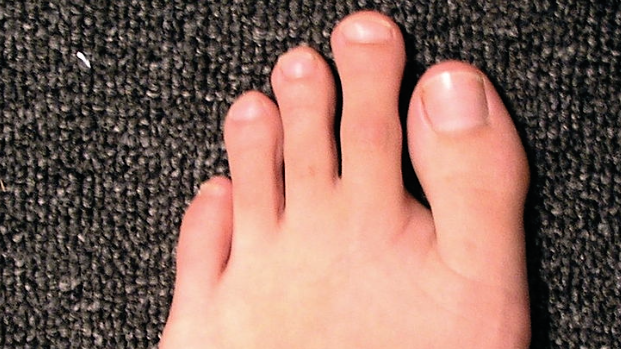
Morton’s Toe is the name given to a condition in which a person’s second toe is longer than their big toe. Between 20 and 30 percent of the world’s population is affected by this condition, which – while usually harmless – can result in uneven distribution of weight across the foot, leading to the formation of calluses.
Babies are born with underdeveloped feet
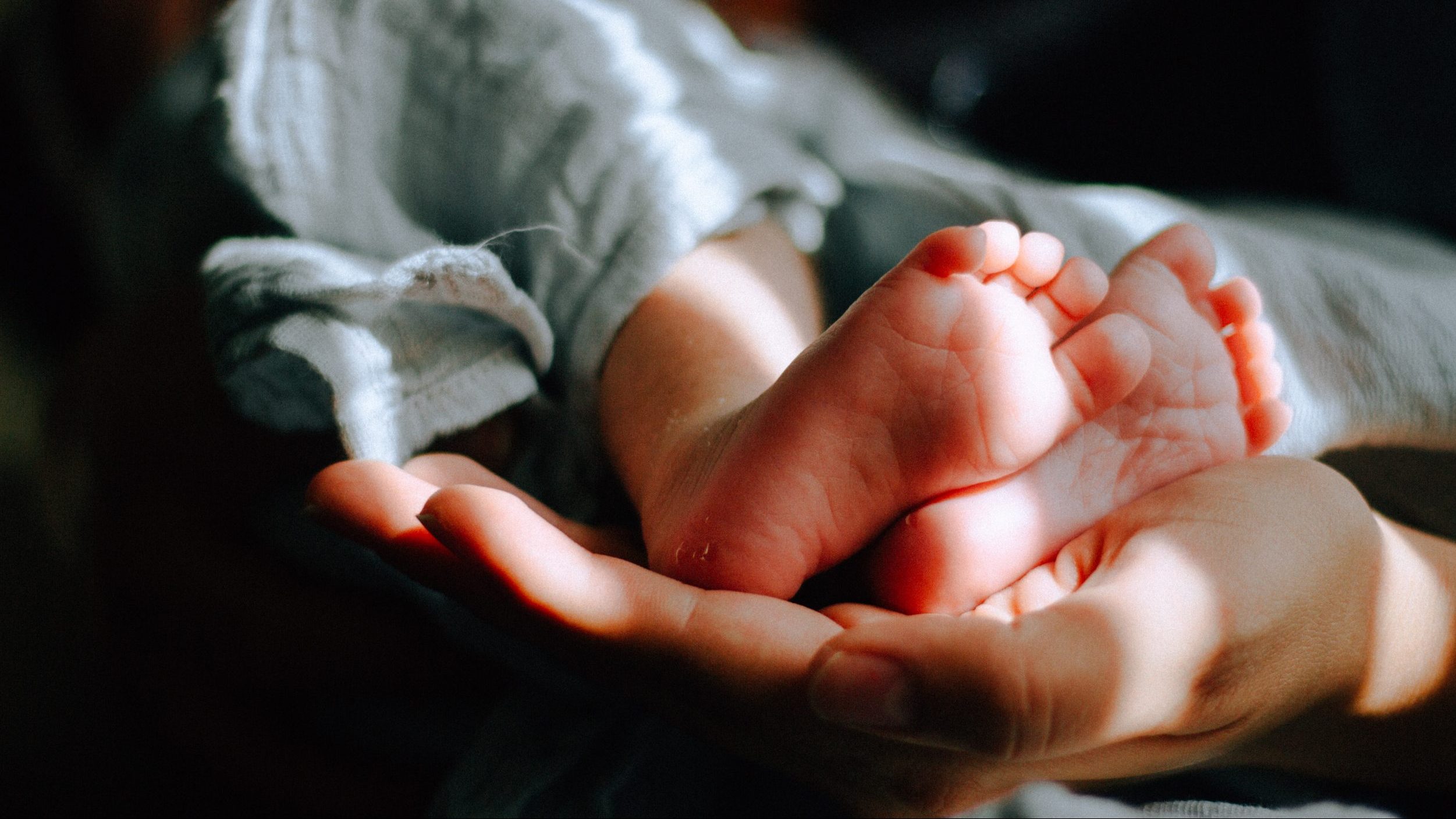
Babies are born with underdeveloped everything, but their feet are lagging further behind than any other body part. It takes babies several years to develop the arches in their feet, which is one of the reasons they have such a hard time balancing when they start walking, and feet don’t stop developing until the age of 21.
Feet are too complicated for prosthetics to emulate
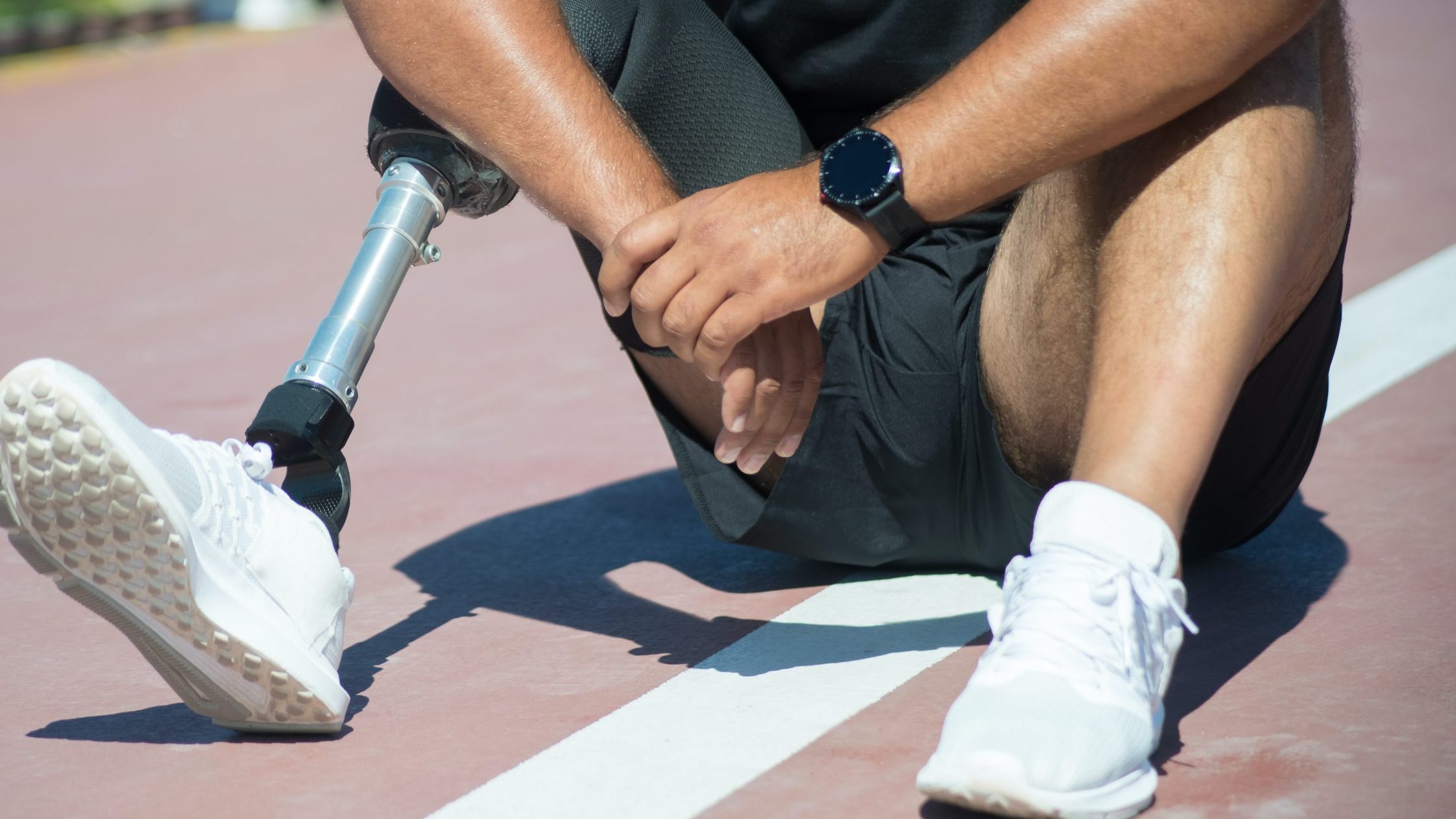
While prosthetic limb replacements have advanced massively in the last 100 years, they still aren’t able to accurately emulate the functionality of feet and ankles. Simply put, these parts of the human body work are simply too complicated to be faithfully replicated using the technology we currently possess.
Diabetes symptoms often show up on feet
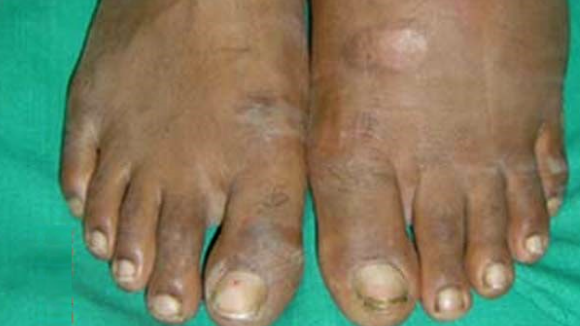
Diabetes is a condition characterised by insufficient insulin production, resulting in dangerously high blood glucose levels. Left unchecked, diabetes will result in damage to the body. Often, the first symptoms will be numbness in the feet and lower legs, and ulcers on the sole of the feet. In the long run, amputation is often necessary.
Your feet are like shock absorbers
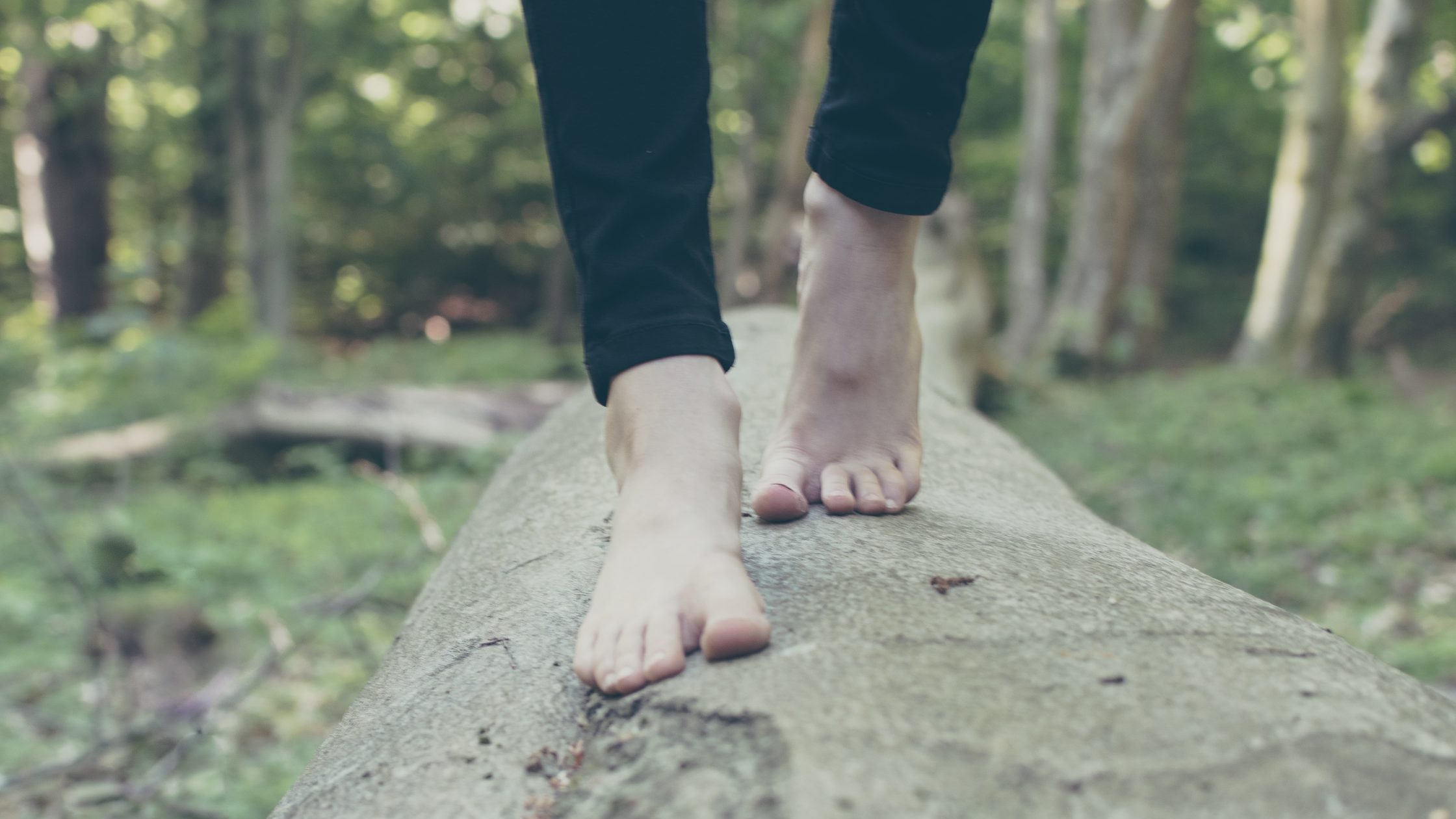
Feet are so good at acting like shock absorbers that scientists and mathematicians have modelled them in great detail to figure out how they do it. What they’ve discovered is that the muscle-controlled arch is able to dynamically react to abrupt changes, while the joints and bones are perfectly designed to disperse the force of impact.
The oldest discovered shoe dates back to 3500BC
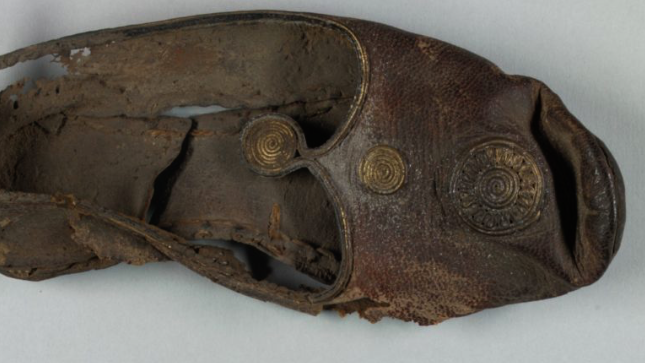
Since the earliest shoes would have been made out of materials like fur and leather, and thus would have degraded, scientists are unsure when humans started wearing footwear. However, thanks to the discovery of a leather shoe in an Armenian cave that dates back to 3,500 BC, we can safely say we’ve been wearing shoes for at least 5,500 years.
The vast majority of adults have experienced foot problems
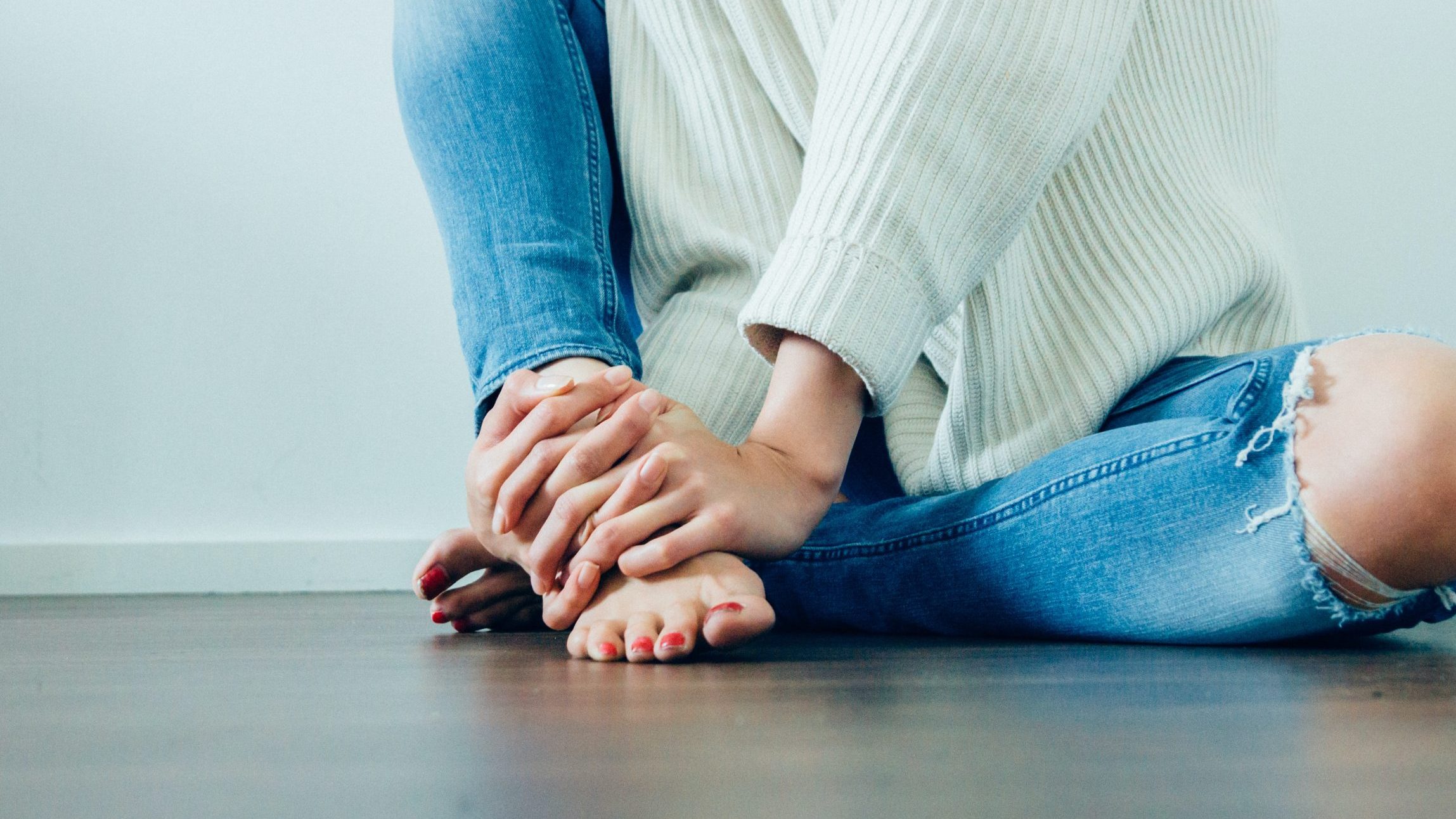
Surveys have revealed that 80 percent of American adults over the age of 21 have experienced foot problems at some point in their life. The most commonly reported ailments include fungal infections like athlete’s foot, plantar fasciitis (a painful inflammation of the sole of the foot) and heel pain.
The Achilles tendon is the strongest tendon in the body
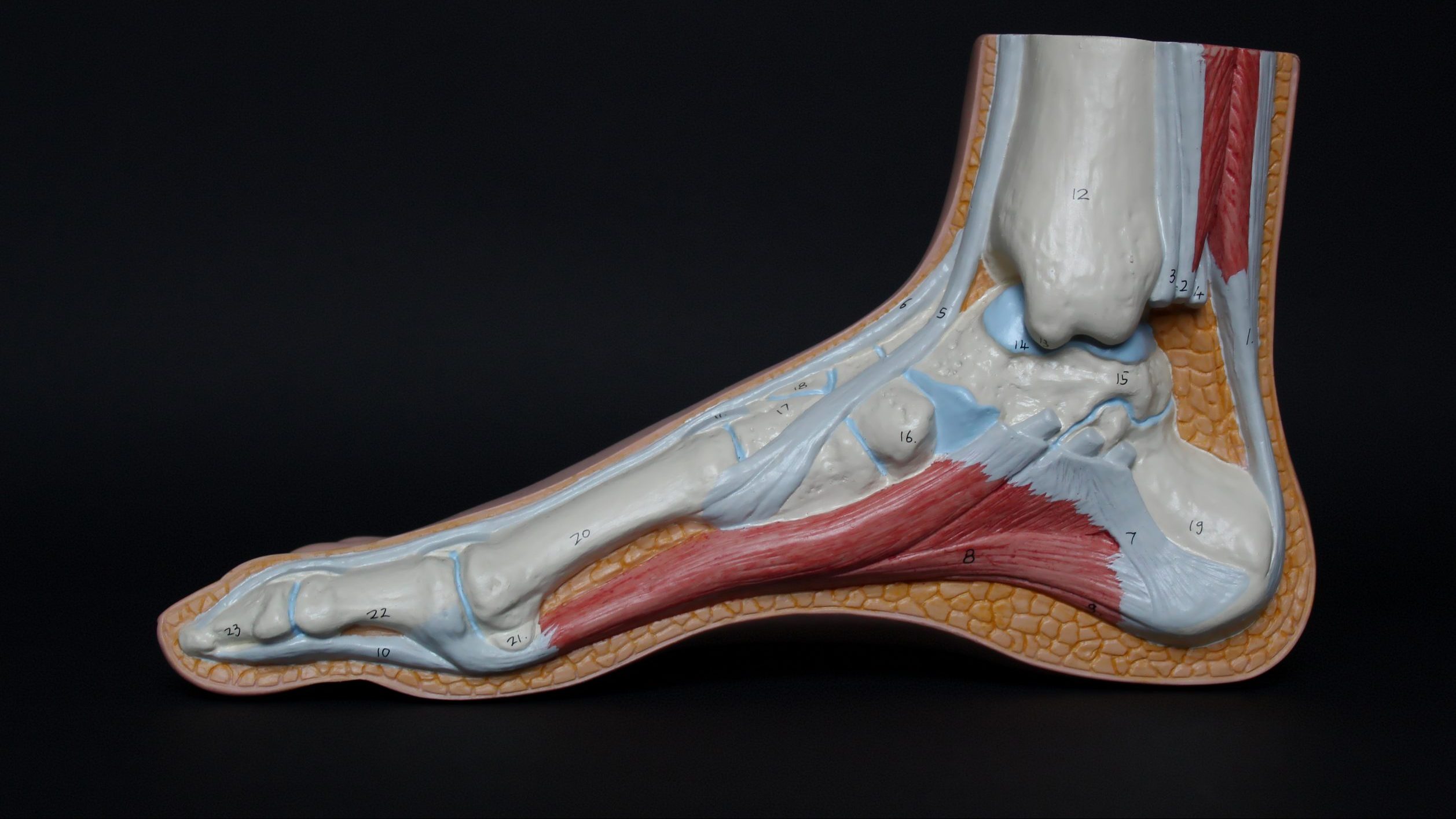
The Achilles tendon gets its name from the legend of Achilles, a nigh-on invincible warrior whose only weak point was the back of his heel. Starting halfway up your calf and connecting to your heel, it is the strongest tendon in the human body by a wide margin, able to withstand around 1,100 pounds of force.
Women are four times more likely to suffer from foot ailments
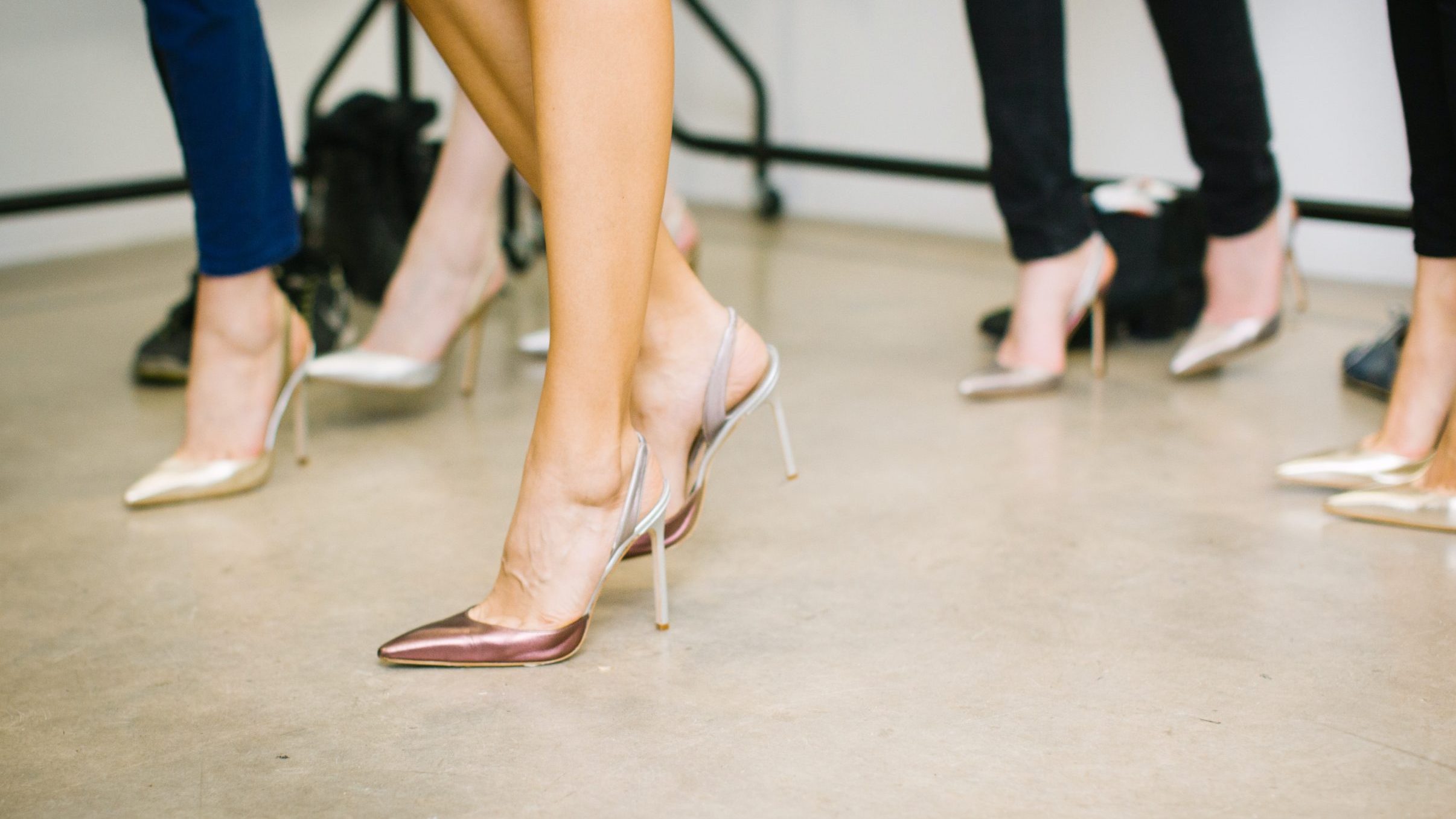
Studies have shown that women are lot more likely than men to suffer from foot ailments – particularly as many women choose to wear high heeled shoes. These put the feet in a highly unnatural position, leaving wearers four times more likely to be affected by everything from blisters to sprained ankles than men, who typically wear flat shoes.
Soldiers in the trenches had to deal with “trench foot”

As well as oversized rats and the ever-present threat of a violent death, soldiers fighting in trenches during the First and Second World Wars had to contend with a grim affliction known as “trench foot.” This condition was caused by standing in water and mud for extended periods of time, and symptoms are similar to gangrene, with the flesh eventually rotting and falling away.
Your feet are the most ticklish part of your body
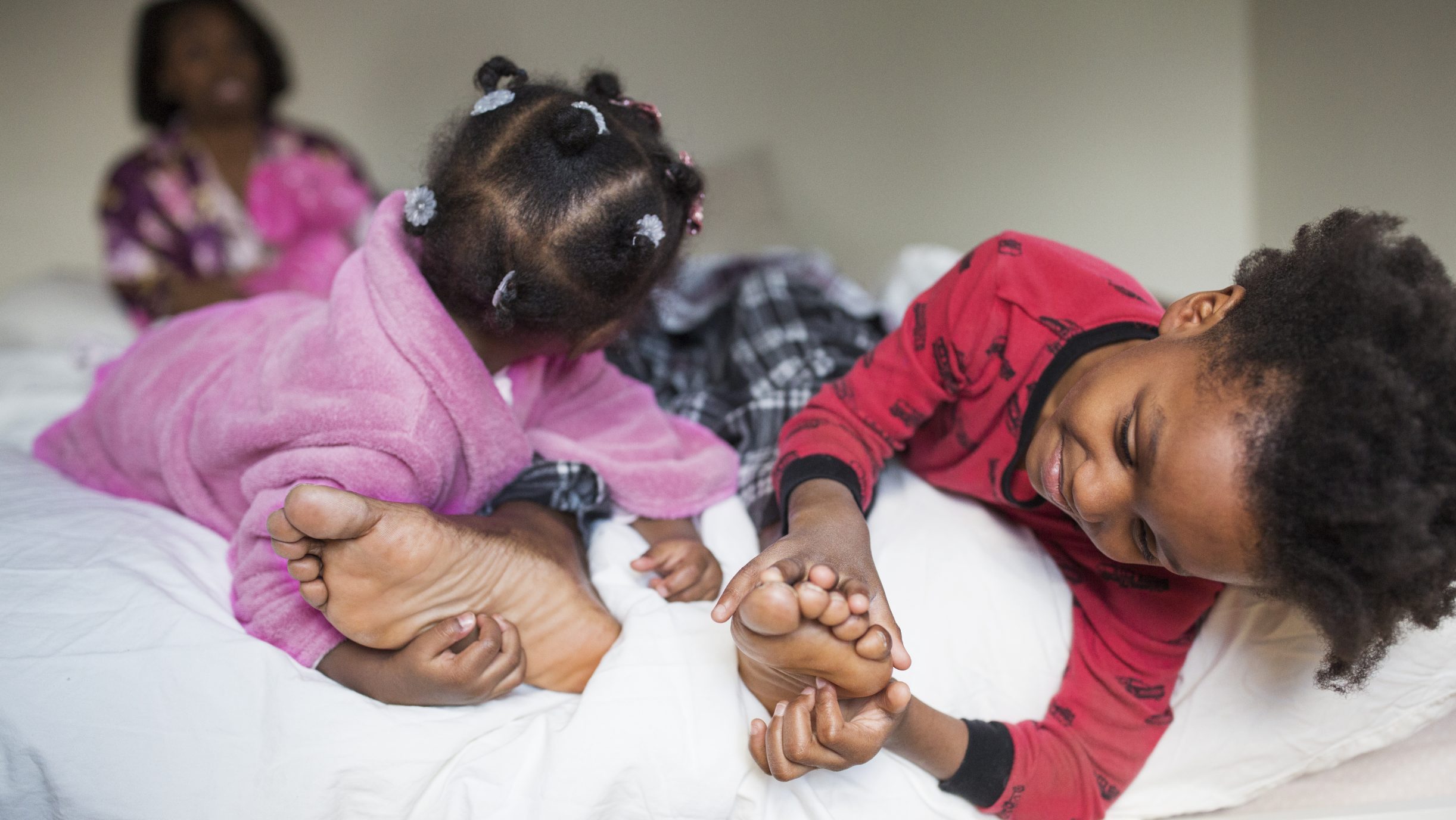
Although some people are naturally tolerant to having their ribs or other parts of their bodies tickled, almost everyone has a strong reaction when their feet are tickled. This is because, with over 8,000 nerves between them, our feet are the most sensitive parts of our bodies.
A swollen big toe could be a sign of gout
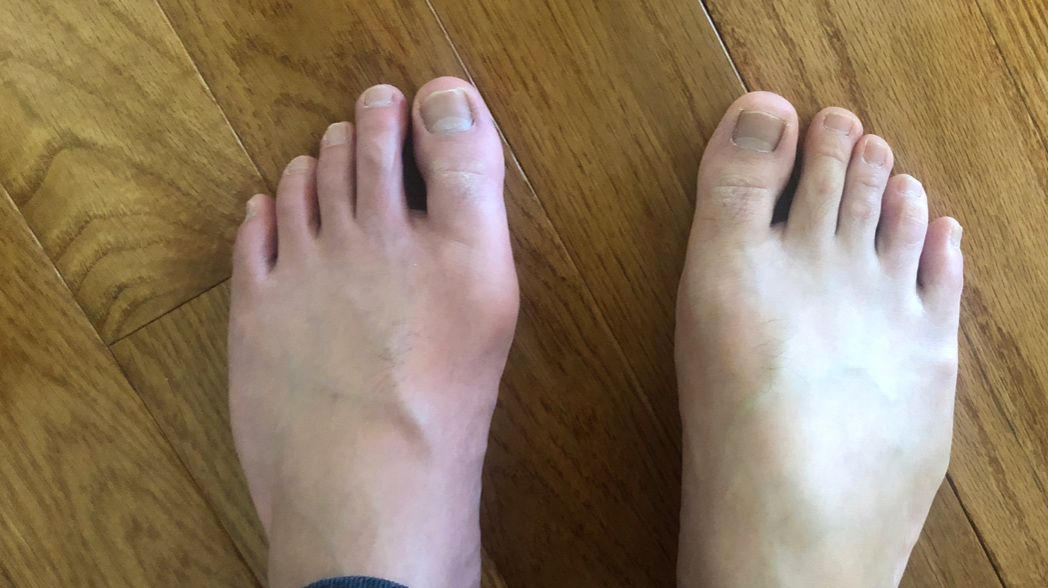
Gout is an extremely painful condition caused by elevated levels of uric acid in the body, which eventually leads to the formation of urate crystals in joints. Most cases of gout begin in the big toe, causing swelling and severe pain that can make walking impossible.
Foot size is increasing
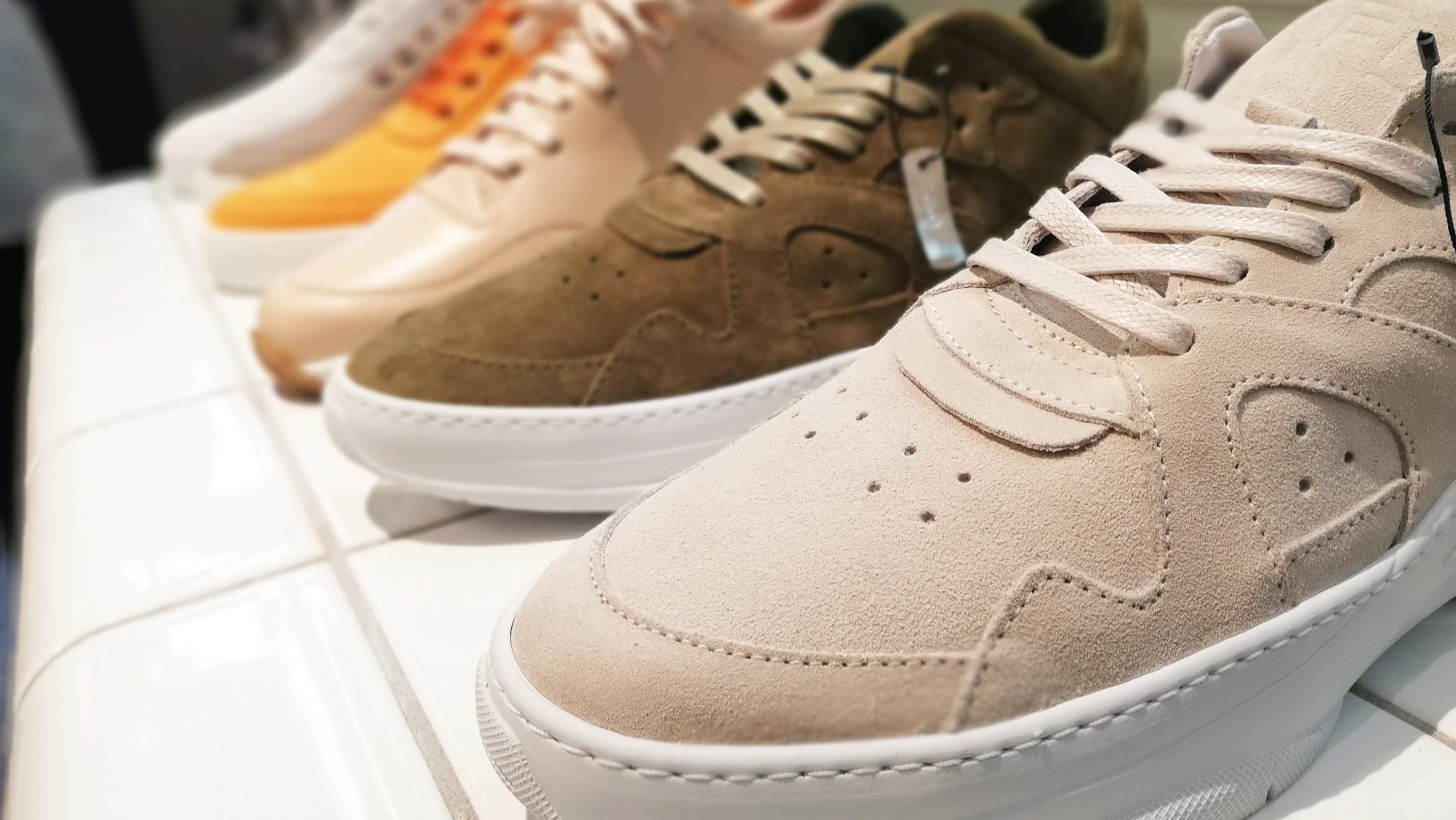
Our feet are steadily getting bigger as a species, increasing by roughly two shoe sizes on average over the last forty years. Since this time frame is far too small for the change to be explained by evolution, the cause is likely the fact that nutrition is getting better, allowing individuals to grow bigger than they would have in the past.
Toe wrestling is a legitimate sport
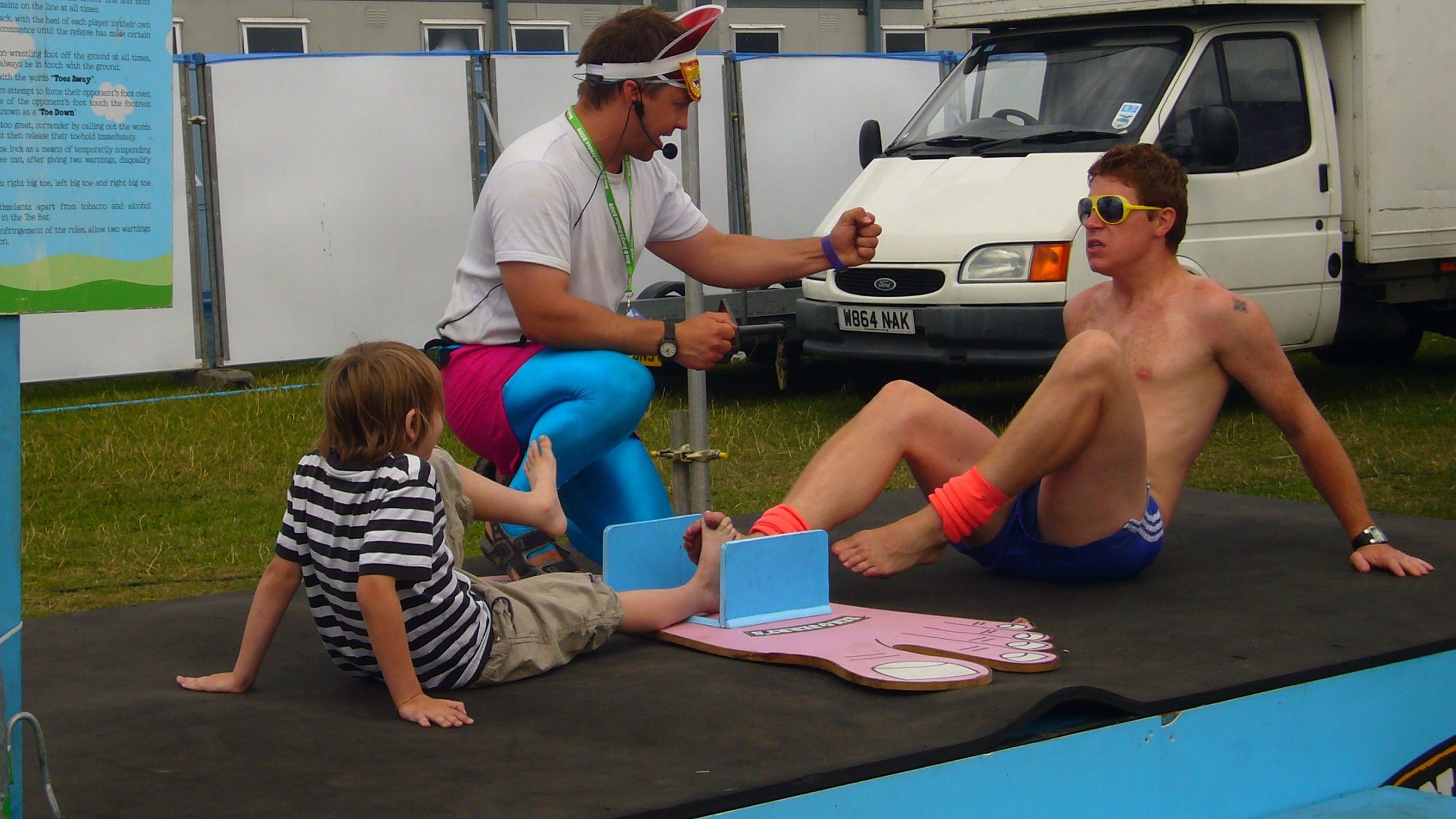
Move over thumb wrestling, there’s a new ridiculously niche sport in town. During a toe wrestling match, contestants lock toes and attempt to pin their opponents foot down, in a similar fashion to arm wrestling. The sport has grown increasingly popular in the US in recent years, with tournaments taking place across the country.
Plantar fasciitis affects around two million people a year
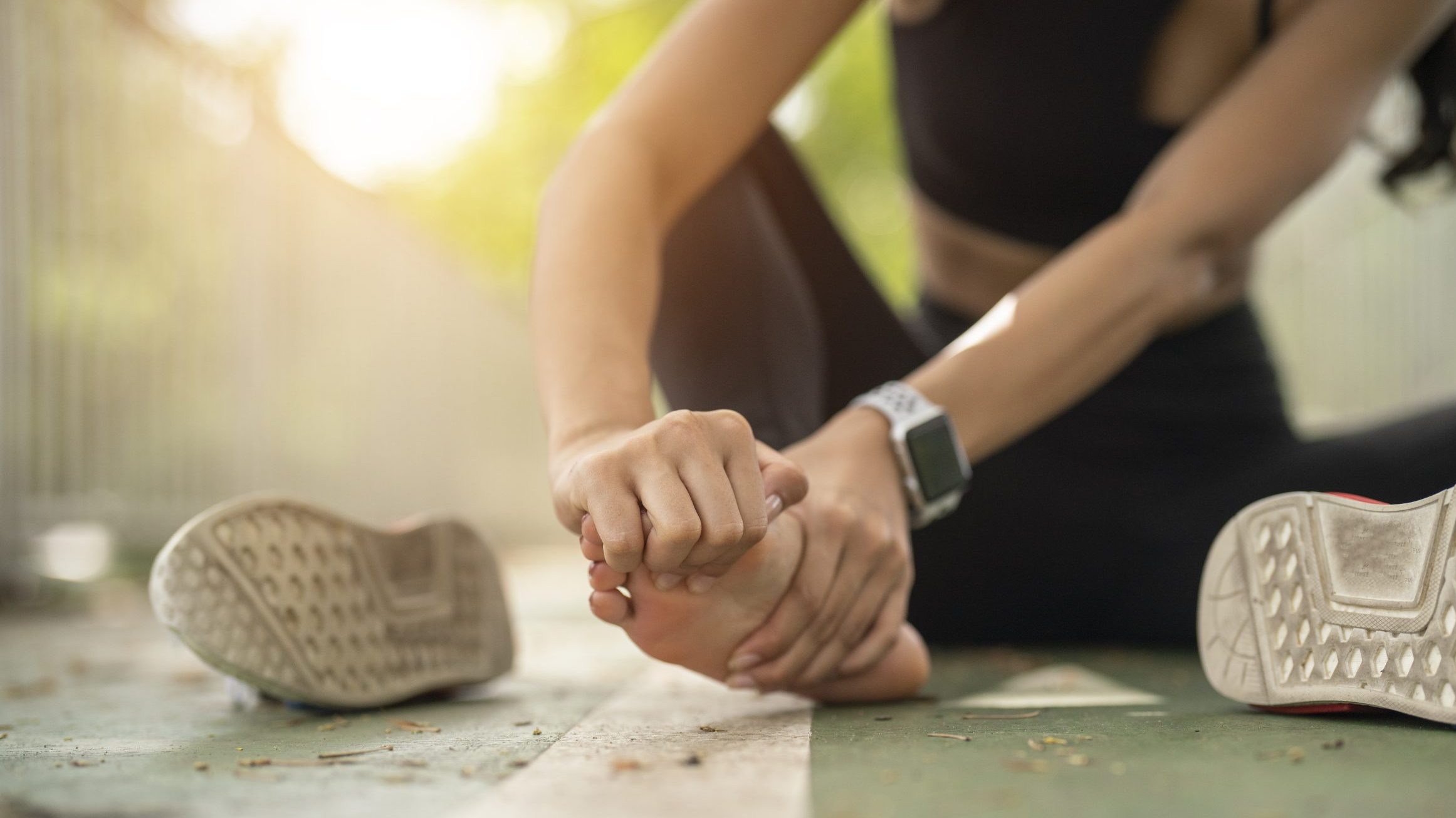
Plantar fasciitis is a common condition caused by inflammation of the fibrous tissues that connect your toes to your heel bone, generally as a result of overuse or wearing improperly fitting shoes. It’s been estimated that upwards of two million Americans suffer with the condition – which can make walking extremely painful – every single year.
Most people have different sized feet
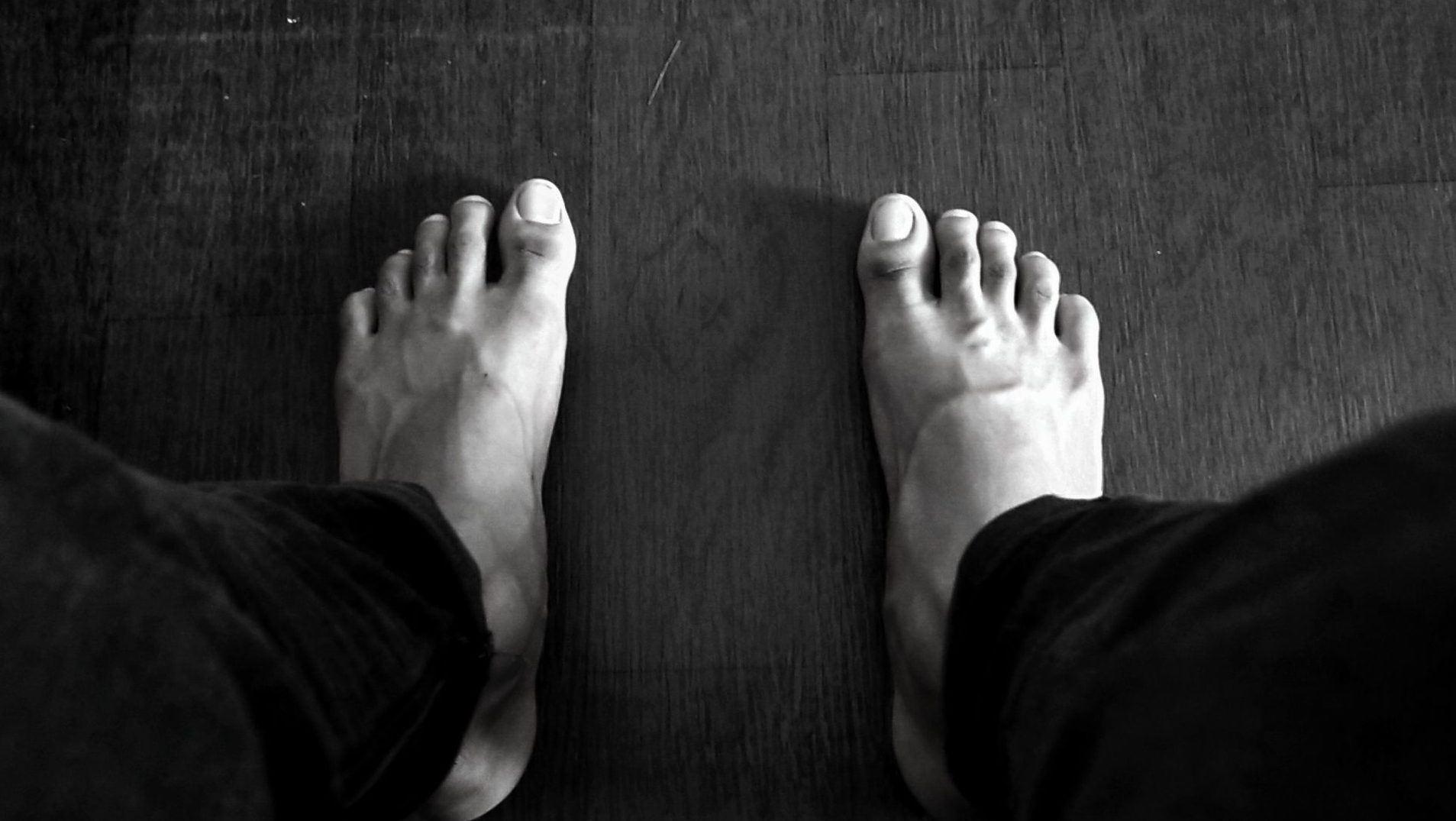
As with most body parts that come in pairs, it’s incredibly rare for a person to have two feet of exactly equal size; one is almost always bigger than the other. While the difference is normally not enough to cause problems, in some cases it’s pronounced enough for different shoe sizes to be needed for each foot, which can make shopping awkward and expensive.
High heels are designed to make legs look longer
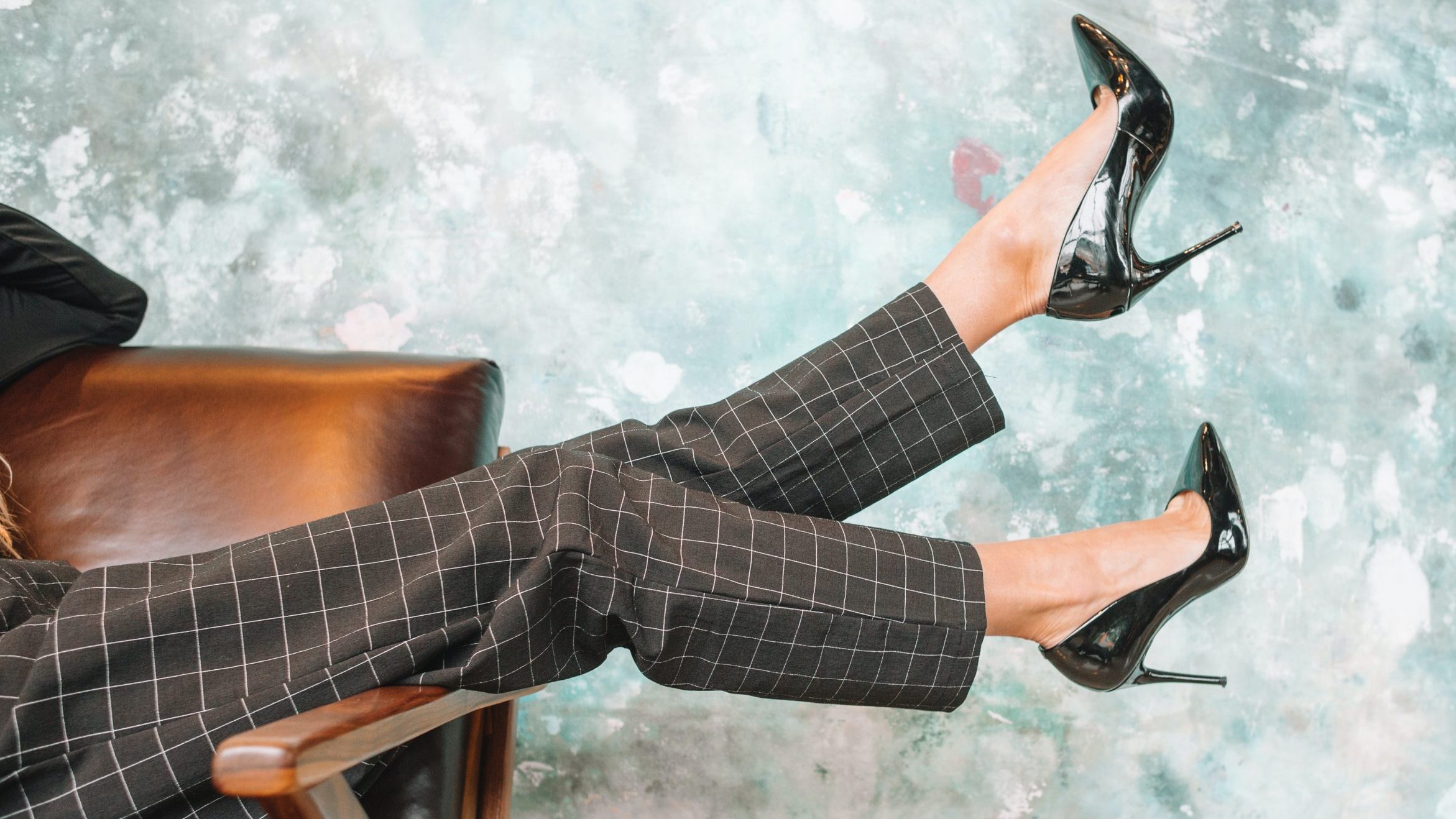
Invented in the Persian Empire during the 10th century CE, high heels have long been associated with seductiveness and sexual promiscuity. Many people think high heels are intended to increase their wearer’s height, but in reality they are designed to exaggerate the length of women’s legs.
It takes a really long time for toenails to regrow
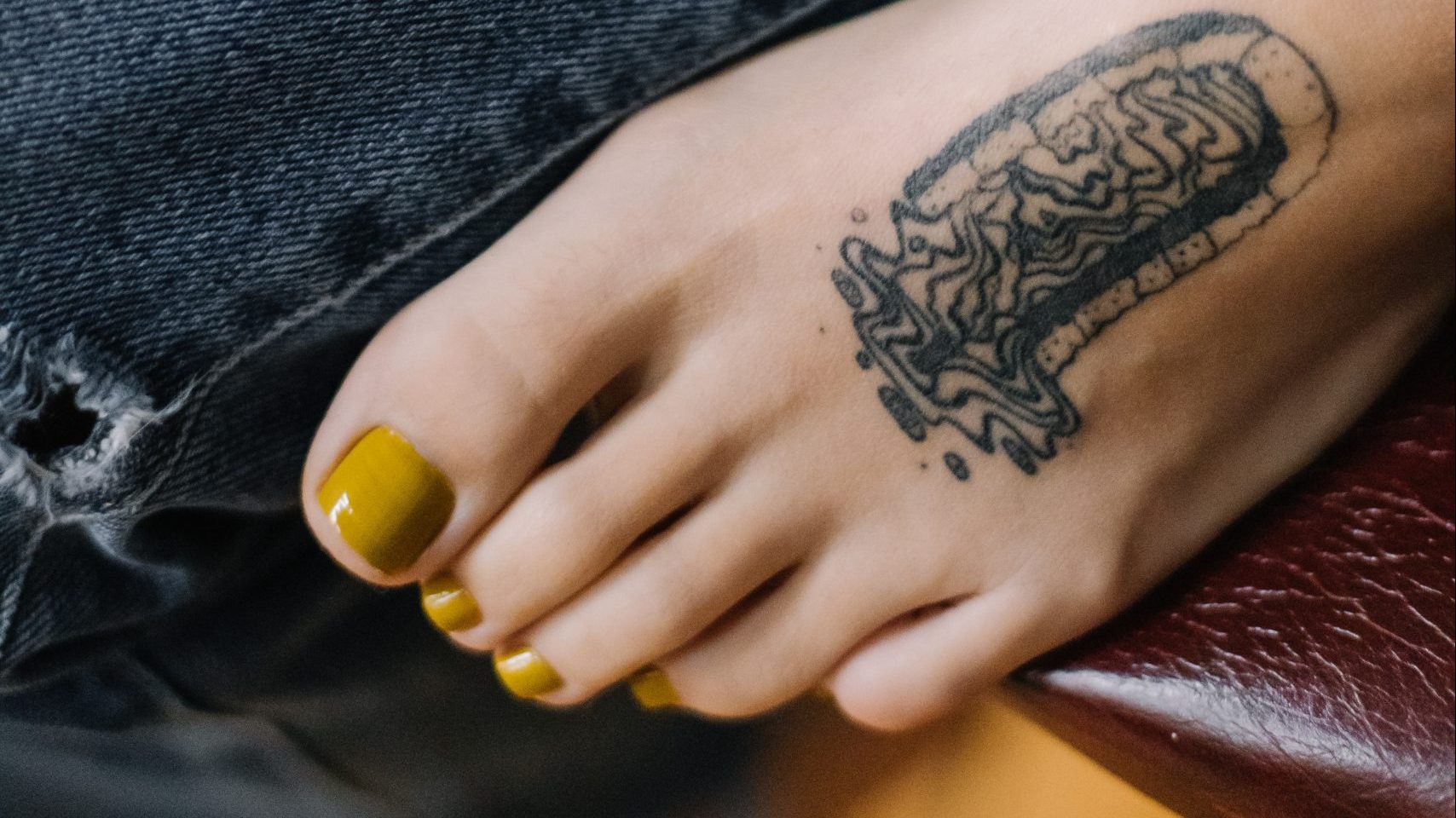
There are few experiences more upsetting than violently stubbing your toe. With a strong enough trauma, the toenail will either be ripped clean off or turn black and fall off a few days later. It also takes between 12 and 18 months for a toenail to fully regrow, and it may grow back looking deformed.
Your feet carry a lot of weight over the course of a day
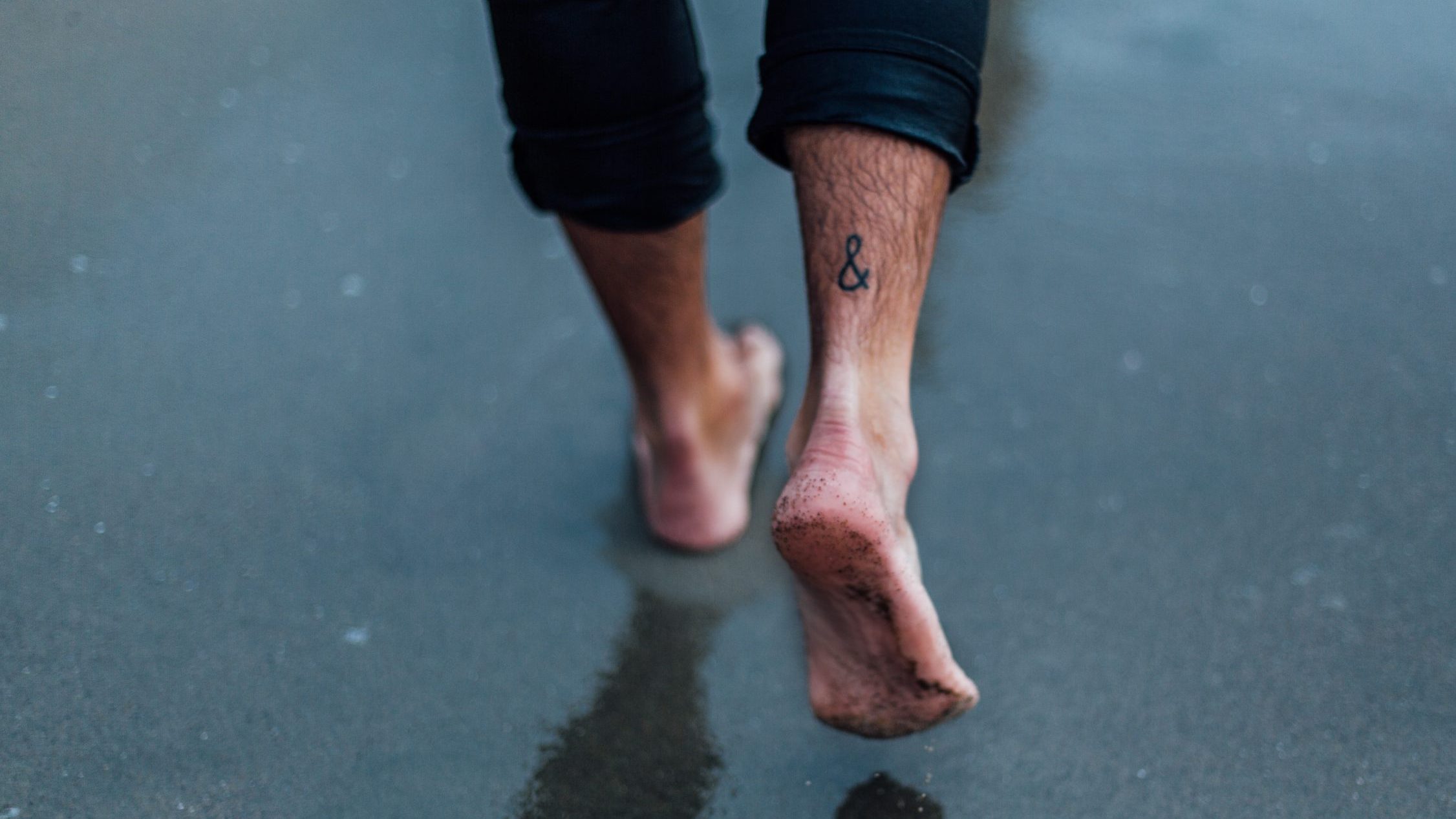
Every time you stand up, walk, run or do pretty much anything that doesn’t involve sitting or laying down, your feet are supporting the entire weight of your body. Depending on how active (and heavy) you are, your feet will support a cumulative one to one and half tonnes throughout an average day.
Your toes have three bones, except for your big toe
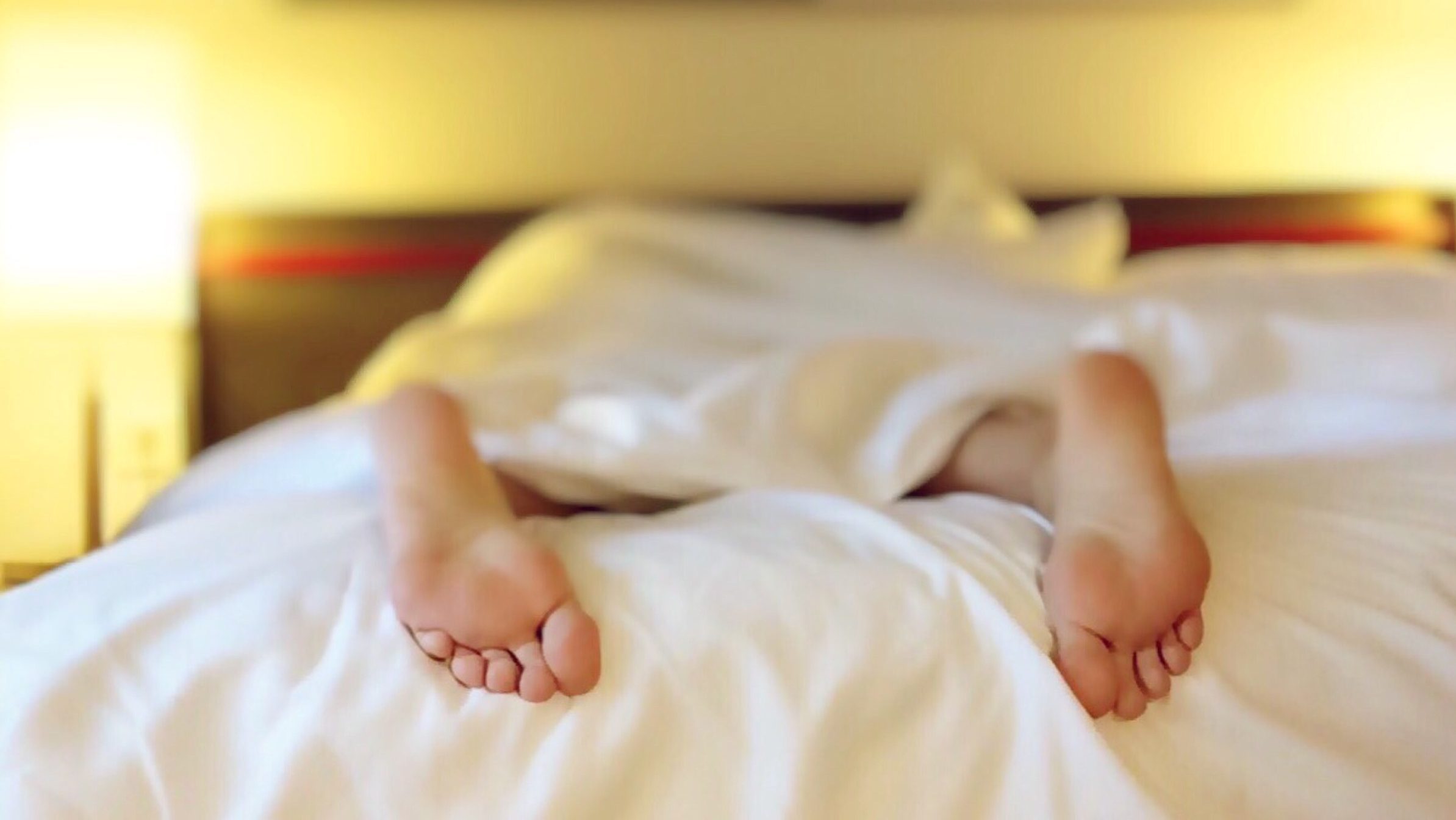
With the exception of your big toes – which each have two bones – all of your toes have three bones supported by a number of ligaments, muscles and tendons. Fingers have almost identical skeletal structures to toes, highlighting the fact that our distant mammalian ancestors walked on all fours.
Toes can replace fingers
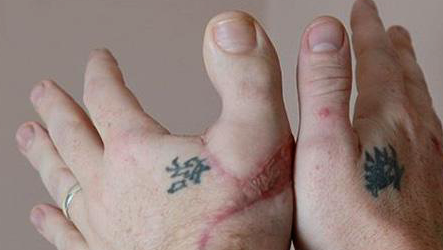
A toe-to-finger transplant is an extremely complicated surgical procedure that involves removing a toe (usually the one next to the big toe) and grafting it onto the hand to replace a lost finger. After all the blood vessels and nerves have been successfully connected, a physical therapist can train the patient to use the toe to grip along with their other fingers.
Balancing is hard without your big toe
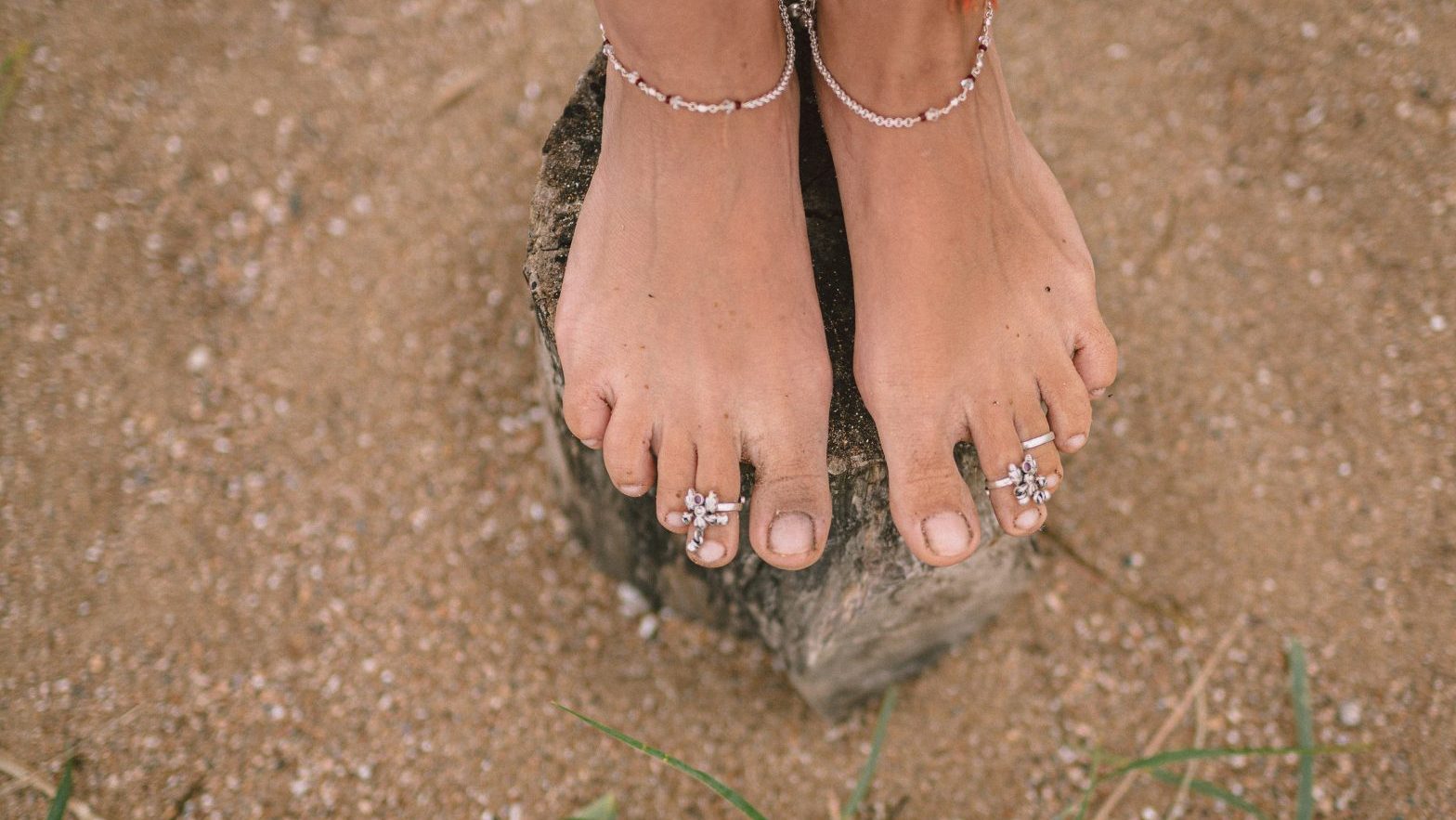
Out of all your toes, your big toe is by far the most important. This is because it is the digit most responsible for helping you balance. Patients who lose their big toes through injury or illness often have a hard time adjusting, and tend to fall over a lot until they’ve adjusted.
Swollen feet can indicate heart disease
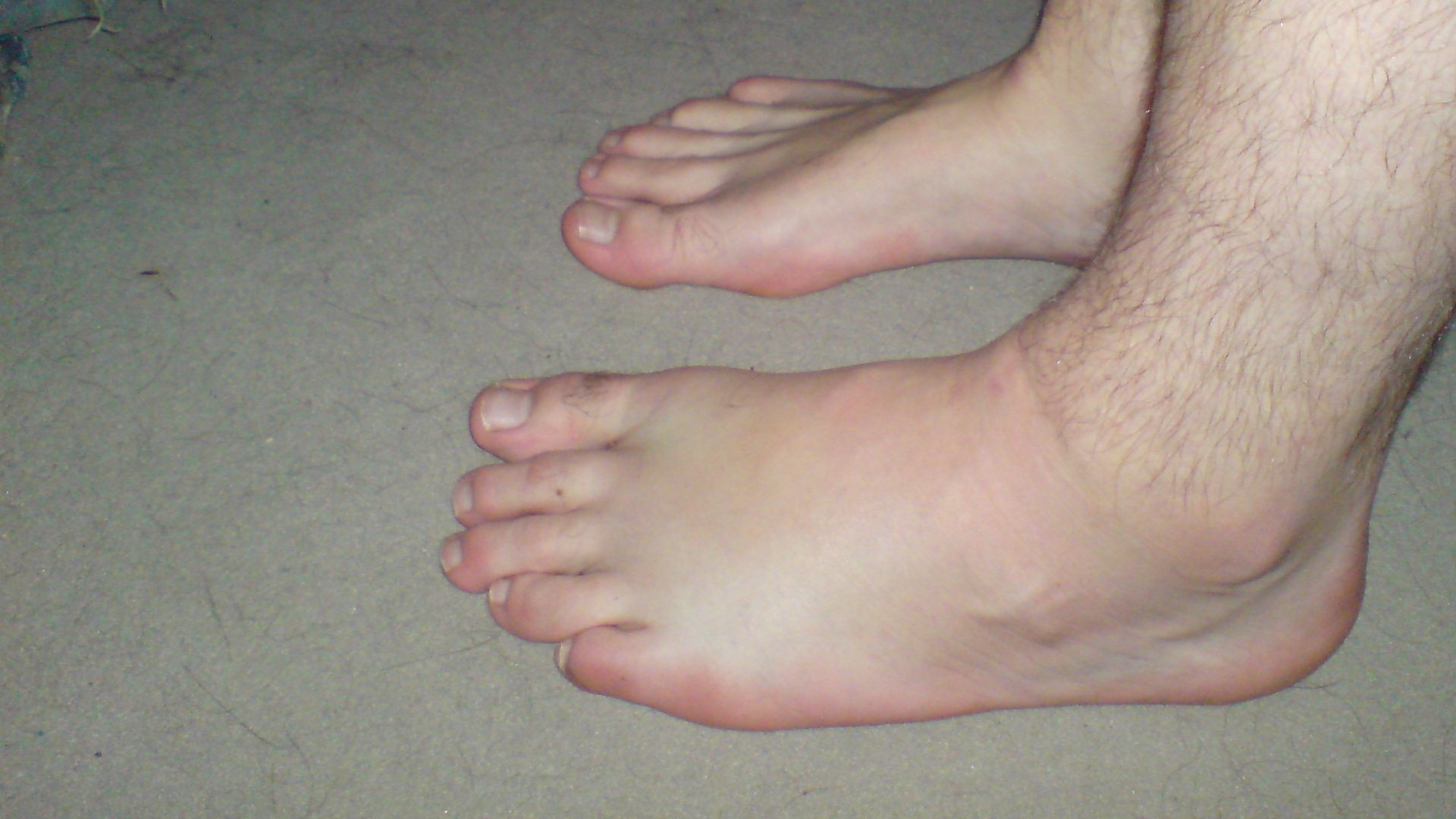
Heart disease is the leading cause of death in the United States, with the obesity crisis dramatically increasing its prevalence. One of the signature symptoms of heart disease is swollen feet and ankles, medically referred to as oedema. This is caused by a reduction in the heart’s ability to effectively pump, which results in the accumulation of fluid in the lower parts of the body.
Shoe sizes used to be measured in barleycorns

Before the invention of standardised measurements, people had to get creative when it came to explaining how long things were. In Medieval England, the most commonly accepted unit of length was a barleycorn, which is the rough equivalent to one third of an inch. A size 10 shoe today would have been approximately 34 barleycorns.
You can make real foot cheese

In 2013, Ireland held a Foot Cheese Exhibition that featured actual cheese made from sweat and bacteria harvested from peoples’ feet. Fortunately, the purpose of this exhibition was purely instructive, and none of the foot cheese was allowed to be eaten. Still, this definitely feels like a case of just because you can do something, doesn’t mean you should.
Podophobia is the fear of feet
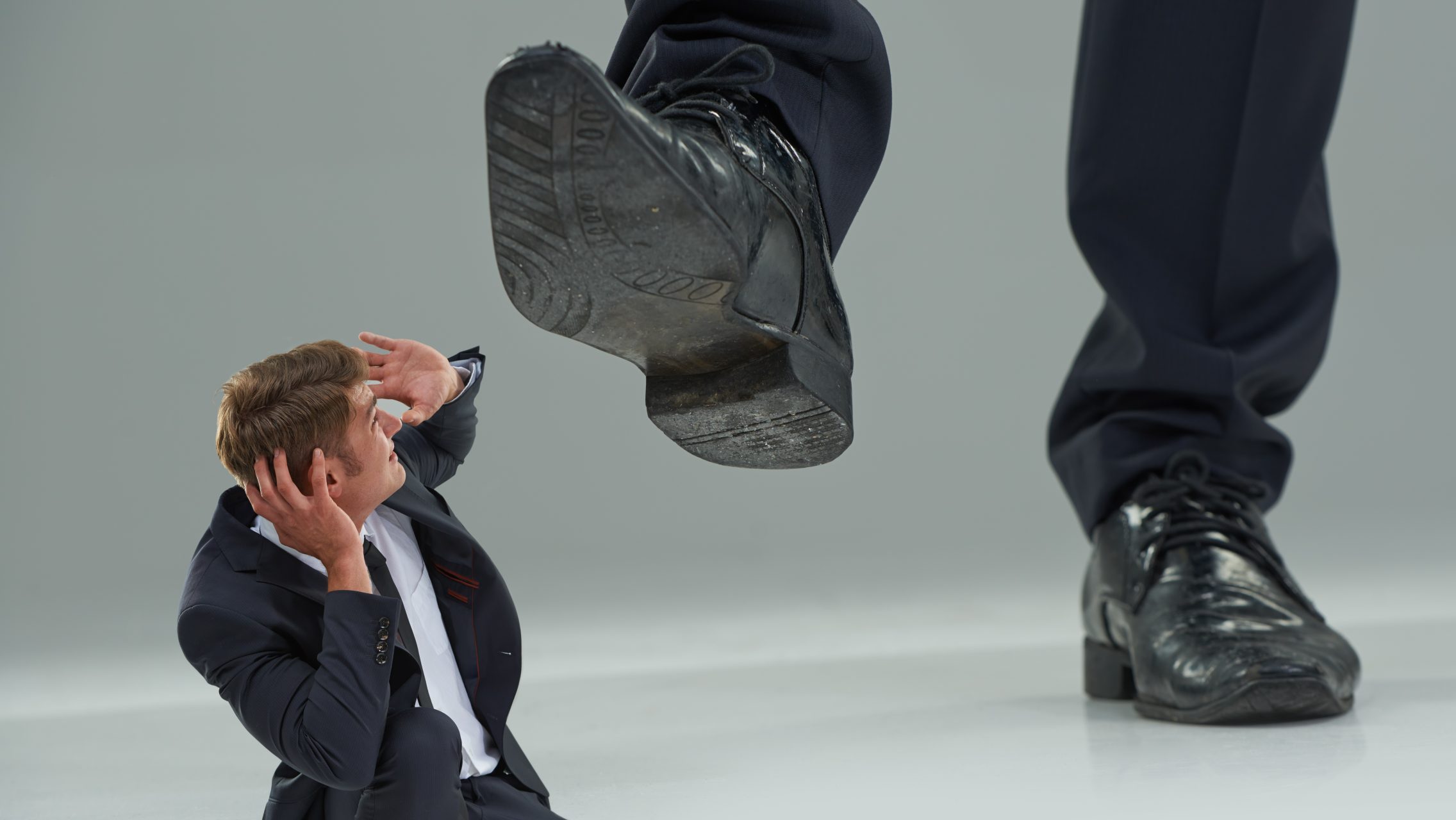
People with podophobia generally have an extreme fear of feet, although it can also manifest as intense revulsion. For people with this condition, looking at pictures of feet or even talking about them can be enough to trigger a strong reaction. Around 12% of US adults will experience a phobic disorder at some point in their lives, although there’s no exact data about podophobia specifically.
You have a dominant foot

In much the same way as people are right or left-handed, we also have a dominant foot. The easiest way to find out which of your feet is dominant is to have someone push you from behind while you’re completely relaxed. Whichever foot you instinctively step forwards with is likely to be your dominant one.
Tony Robbins uses fire walking at his seminars
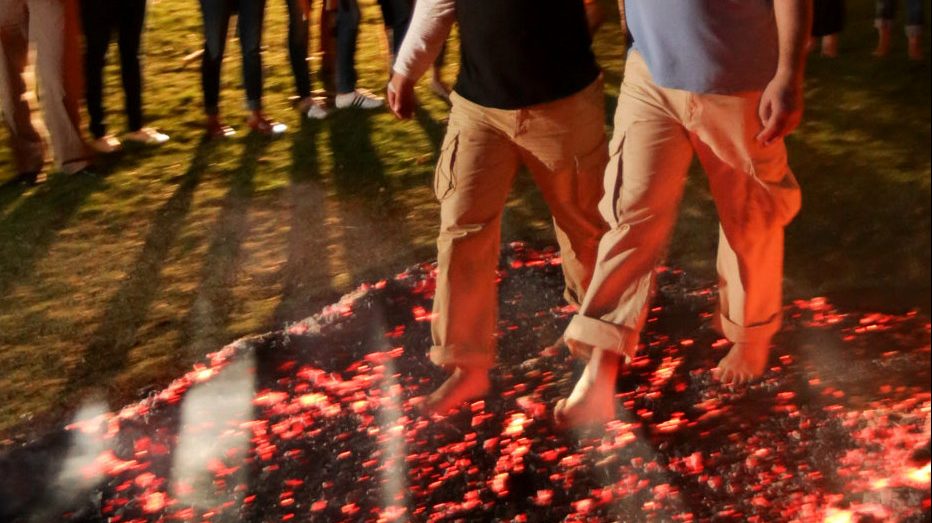
Fire walking – the art of walking over hot coals – dates back to around 1200 BC. While it might look intimidating, fire walking is relatively safe since coal is a poor transmitter of heat, meaning you won’t get burned so long as you walk quickly. Motivational guru Tony Robbins frequently uses fire walking at his seminars, to give attendees an opportunity to overcome something frightening.
Sneakers were actually made to be sneaky
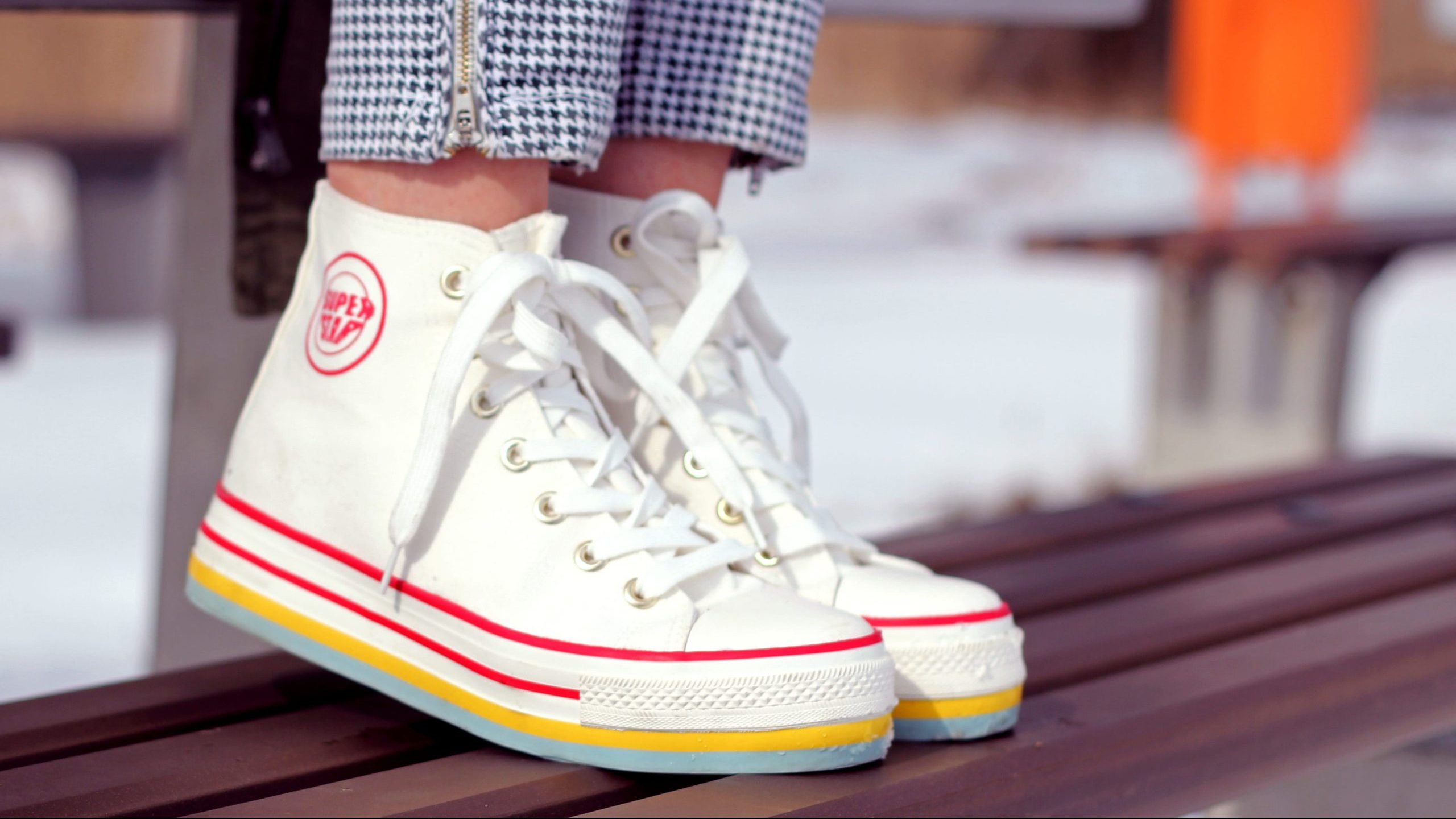
‘Sneaker’ has become such a ubiquitous term for trainers that most people never stop to consider the meaning of the word. As it turns out, the term was coined in 1917 by advertising exec Henry Nelson McKinney after he noticed that the rubber soles of athletic shoes allowed one to move around without making a sound.
The average woman owns 21 pairs of shoes
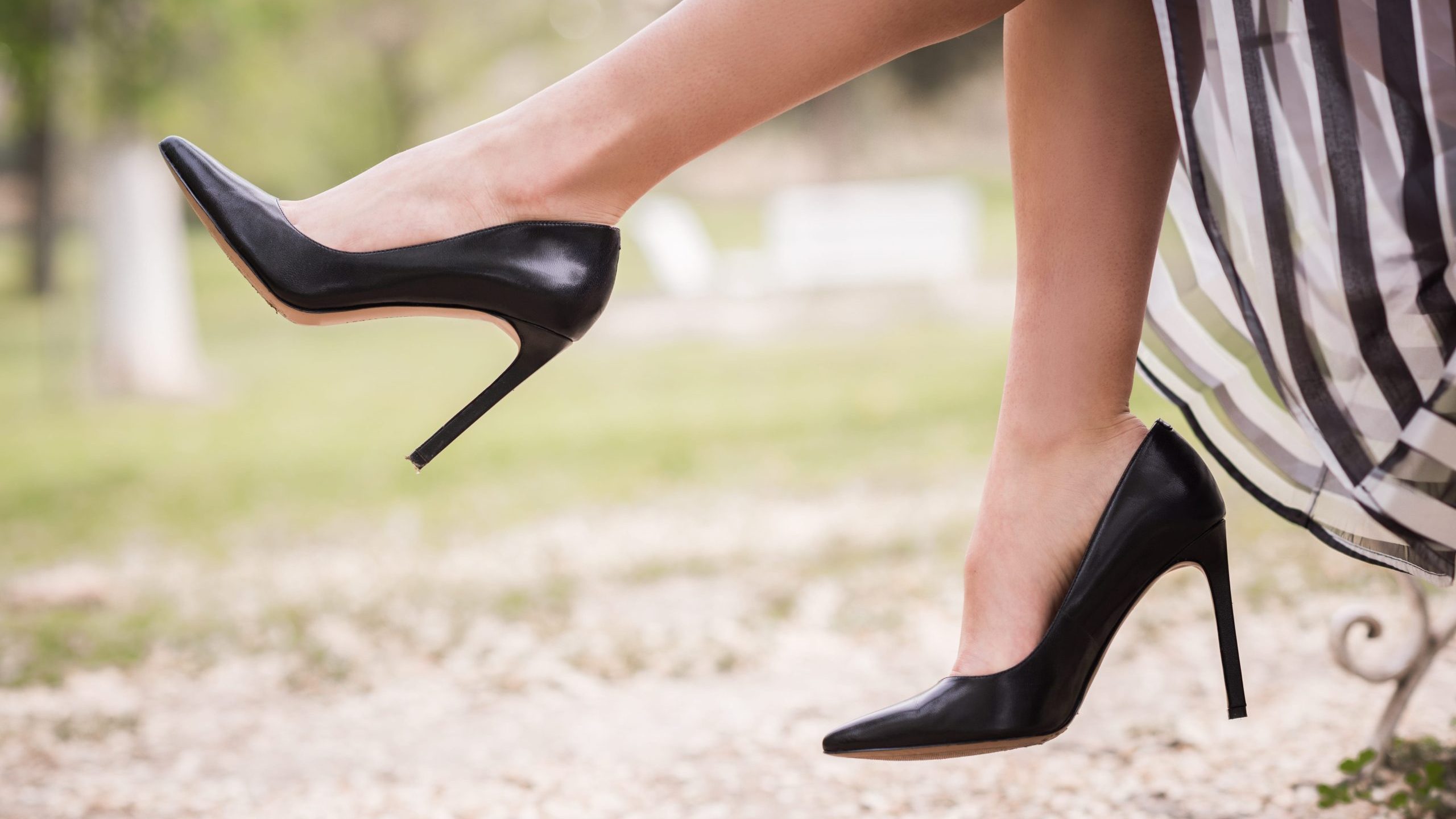
A study involving over 2,000 participants discovered that the average woman owns 21 pairs of shoes. Amongst these 21 pairs, there were normally four pairs that have never been worn and five pairs that have only been worn a single time. Men, on the other hand, typically own 12 pairs of shoes, almost all of which have been worn.
Louboutins were inspired by an Andy Warhol painting
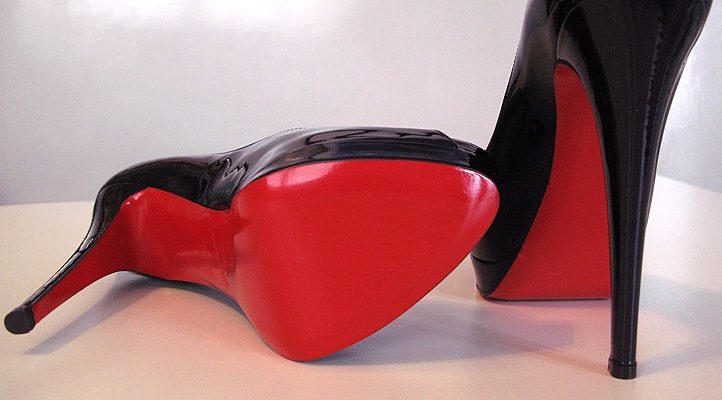
Christian Louboutin’s red-soled shoes are absolutely iconic, and the designer was inspired to make them by Andy Warhol. After designing a pair of stiletto heels based on Warhol’s ‘Flowers’ painting, Louboutin thought they were lacking something, so he borrowed an assistant’s red nail polish and painted the soles, creating one of the most instantly recognisable looks in the process.
Toenails grow faster in summer
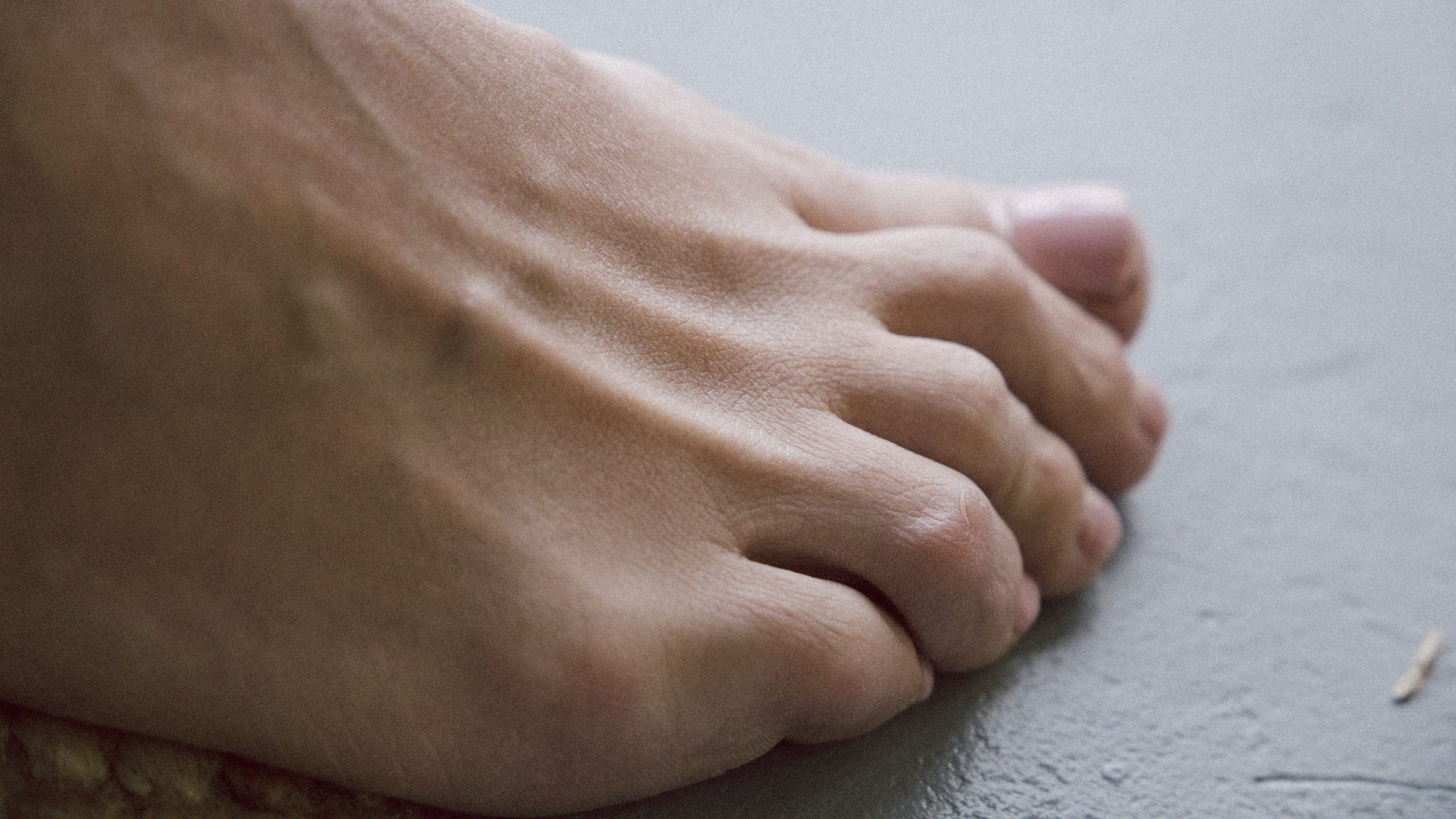
The rate at which your toenails grow speeds up during the summer months and slows down during winter. This is because heat causes vasodilation, increasing blood flow to the extremities. Toenail growth also speeds up during pregnancy, due to the increased presence of certain hormones.
Running puts enormous pressure on the feet
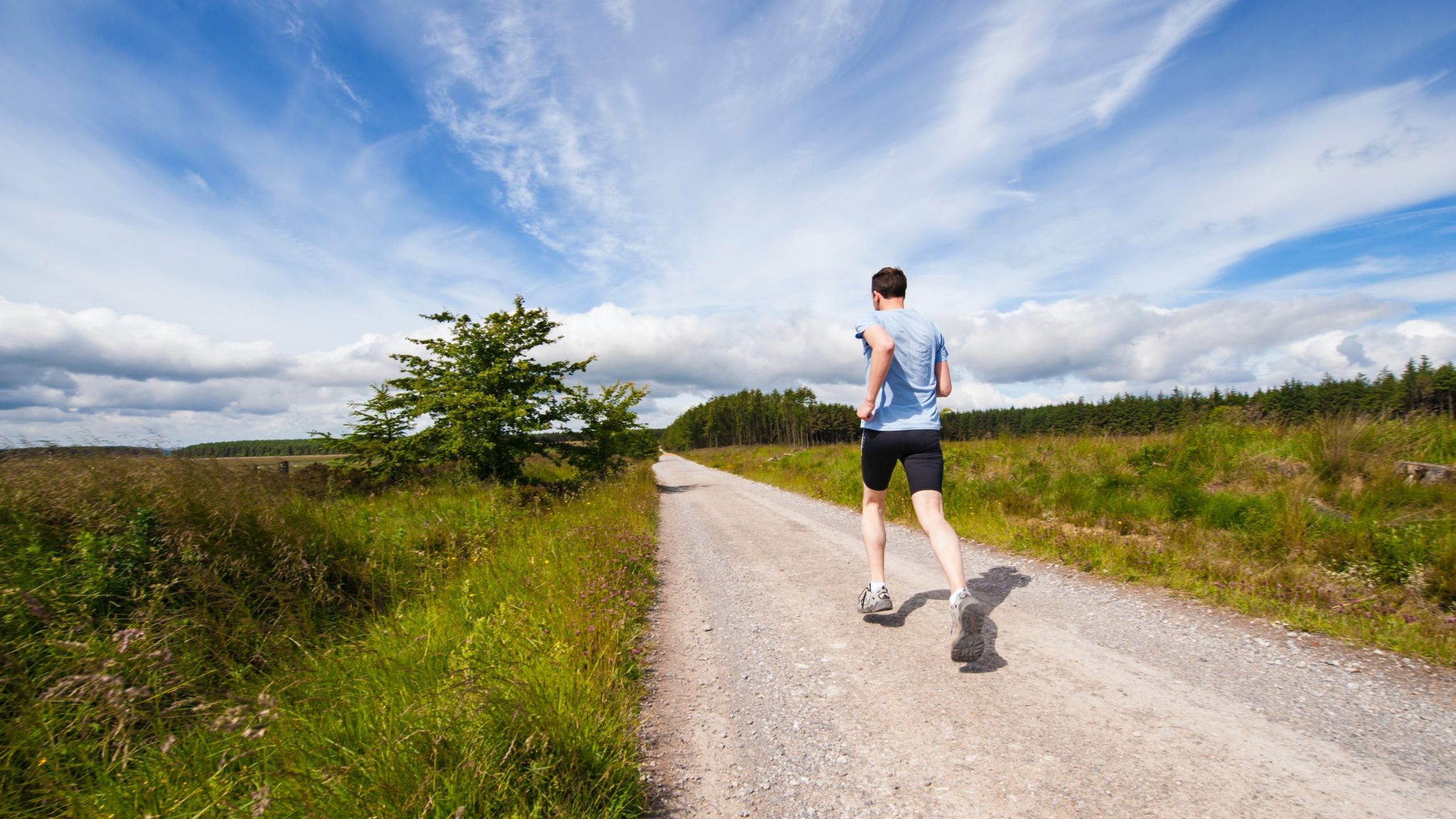
When you’re running, each foot has to absorb pressure equivalent to five times your bodyweight, over and over again. This is why good form is so important when running, as landing on your feet incorrectly can quickly lead to long-term injuries that can take months to heal.
The longest fire walk was over 200 metres
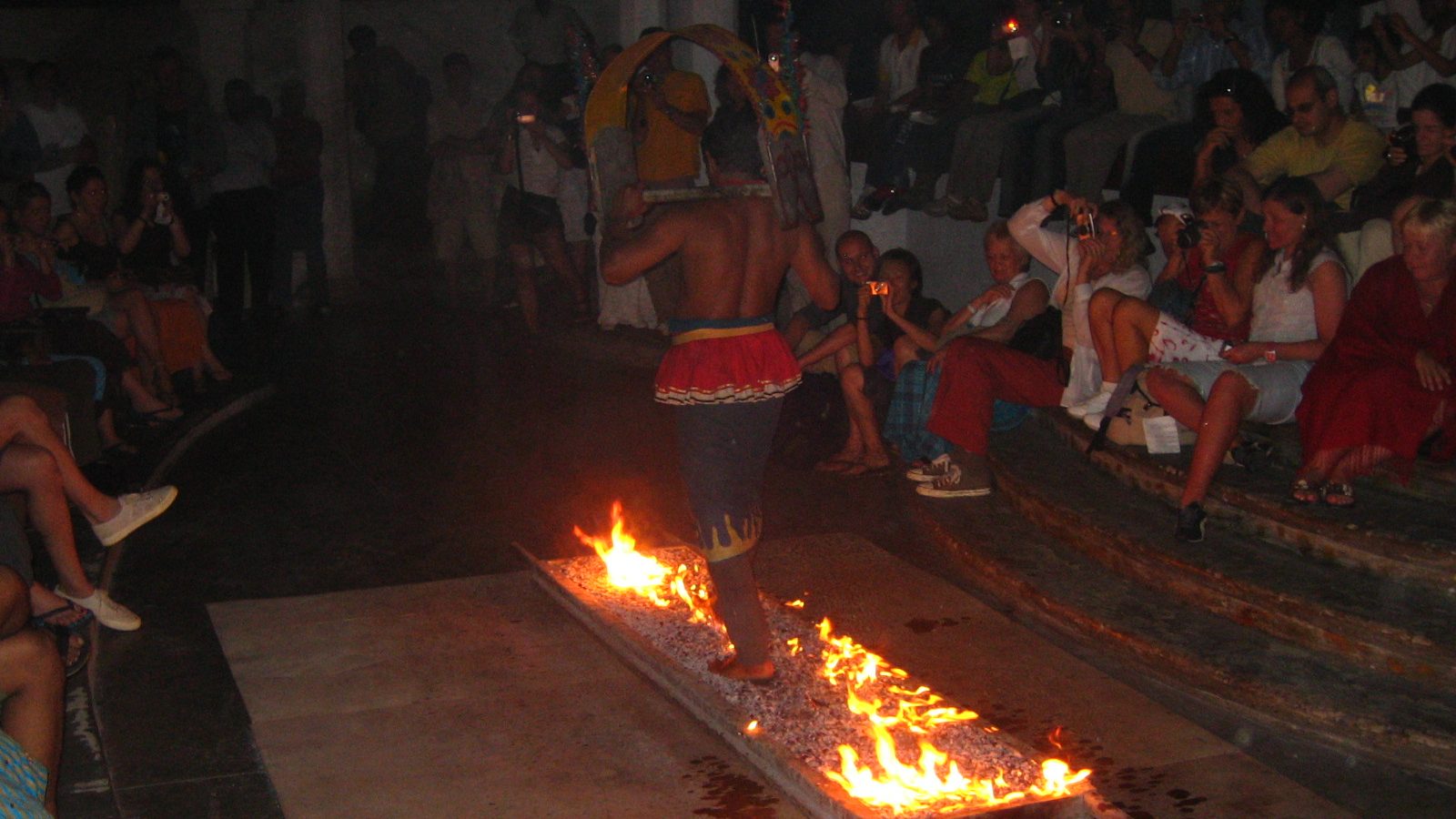
The world record for the longest distance covered while fire walking belongs to Csaba Kerekes, who has been performing fire walking ceremonies since 2003. Kerekes set the record in Hungary on 27th September, 2019, by walking across 200 metres of red-hot coals in front of Guinness World Record officials.
25% of the US has flat feet
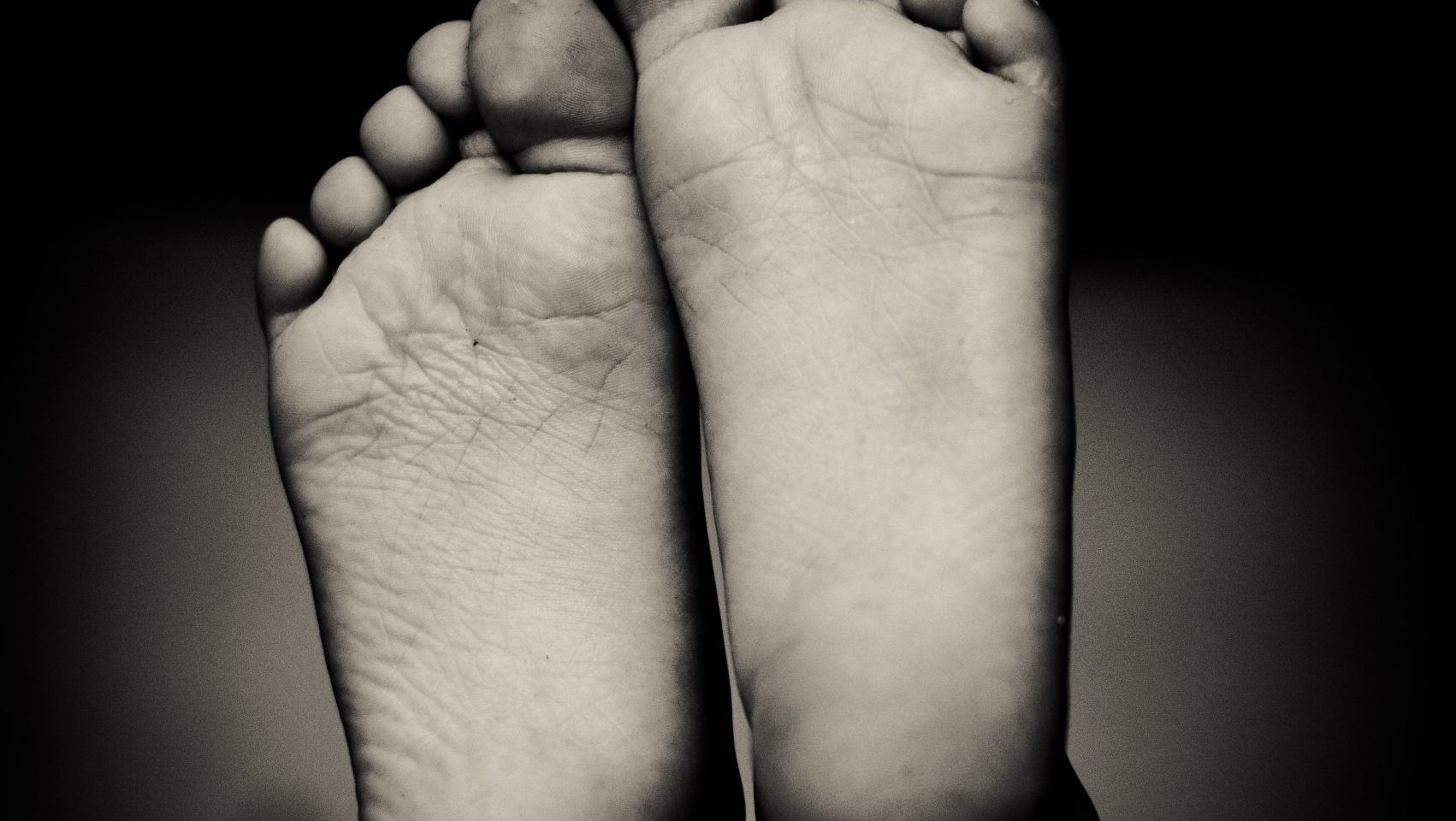
Flat-footedness is a condition in which the feet’s arches flatten when pressure is placed on them, causing the entire sole to touch the floor. While many with the condition won’t suffer any ill effects, it can cause pain for people who spend a lot of time on their feet. It’s estimated that flat-footedness affects around 25% of the US population (approximately 60 million people).
A marathon takes around 39,000 steps
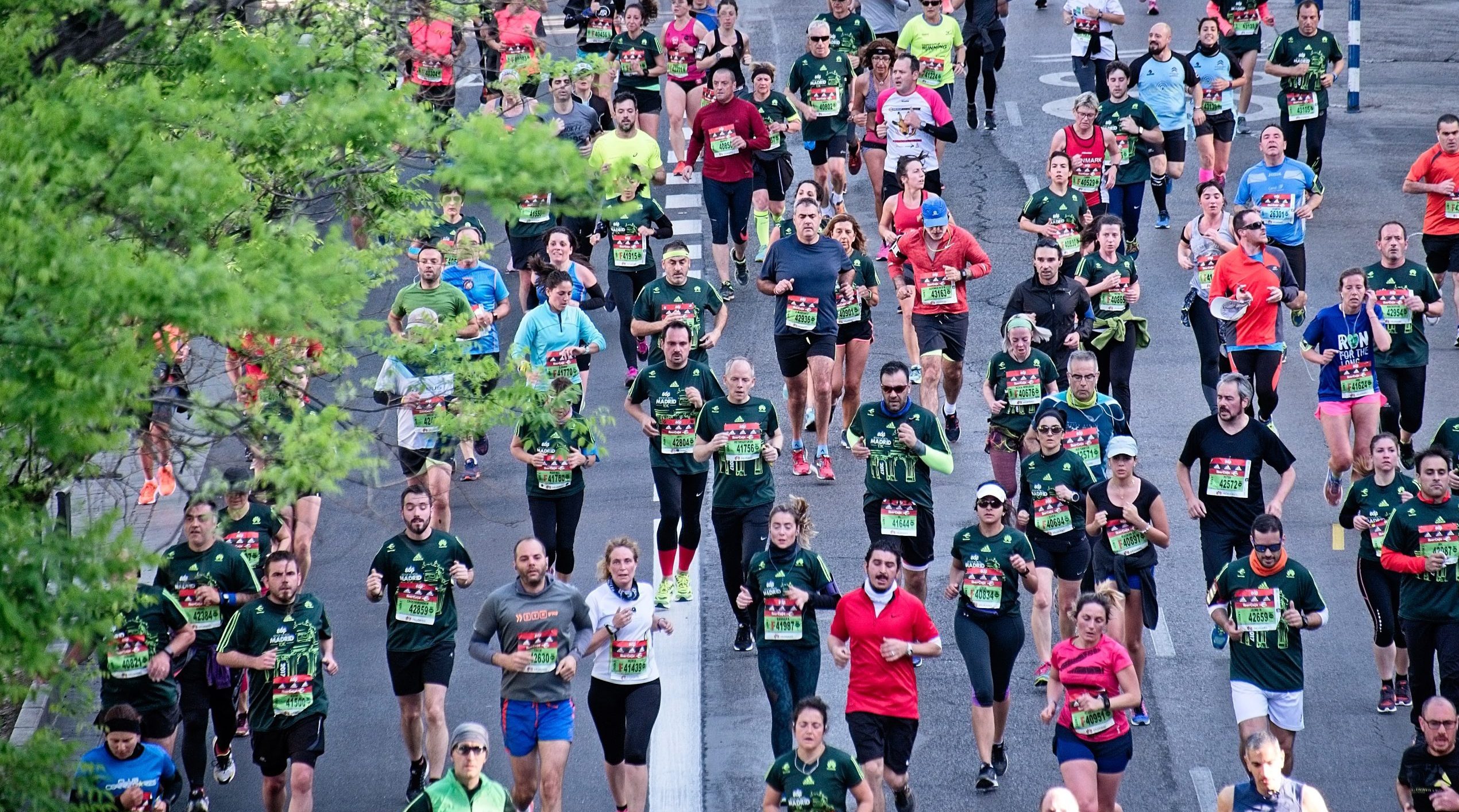
On average, a typical marathon runner will take around 39,000 steps to complete a race. That number goes down significantly for the fastest runners, with the most elite racers able to complete a marathon in as little as 28,500 steps. The slowest runners, on the other hand, will take up to 58,000 steps to reach the finish line.
Running barefoot changes your feet
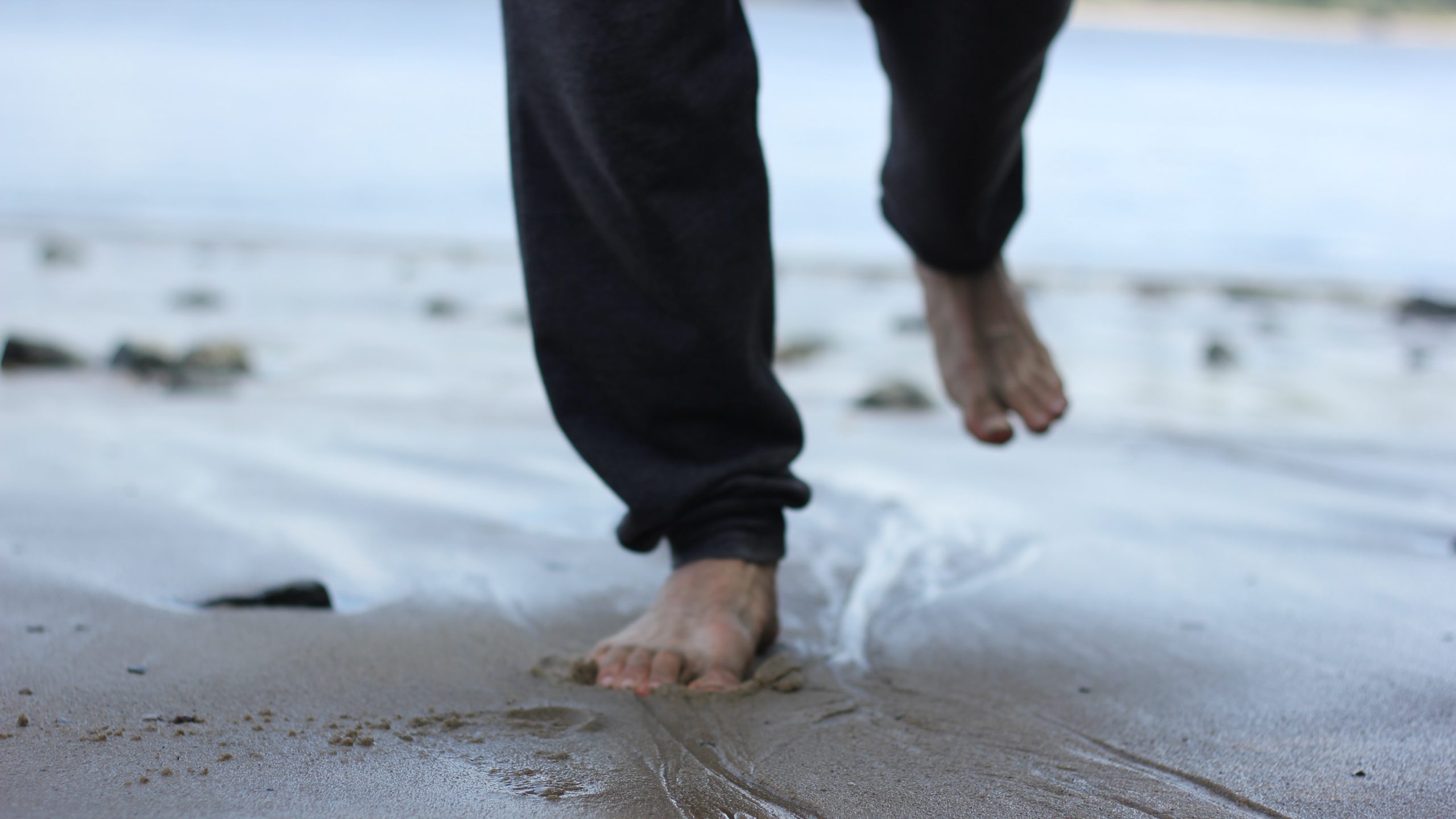
Scientists studying the differences between running barefoot and running while wearing shoes have made a remarkable discovery. When they asked experienced runners to start running barefoot for 15 minutes twice a week, they observed that their longitudinal arches decreased in length by an average of 4.7 millimetres, suggesting that running barefoot activates muscles that aren’t used when running in shoes.
Sabatons were armoured boots worn by knights
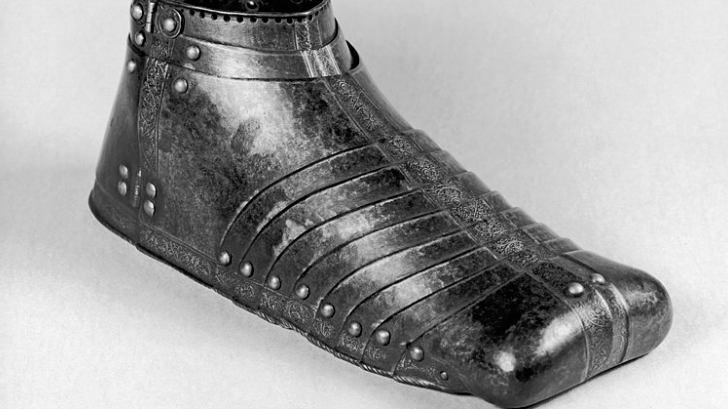
Medieval knights covered as much of their bodies as possible in metal armour, and their feet were no exception. Sabatons were boots constructed out of riveted iron plates, allowing for relative ease of movement. During the 14th and 15th centuries sabatons had pointed toes to mirror the fashion trends of the day, although this was eventually ditched due to being highly impractical in combat.
Children’s feet grow quickly
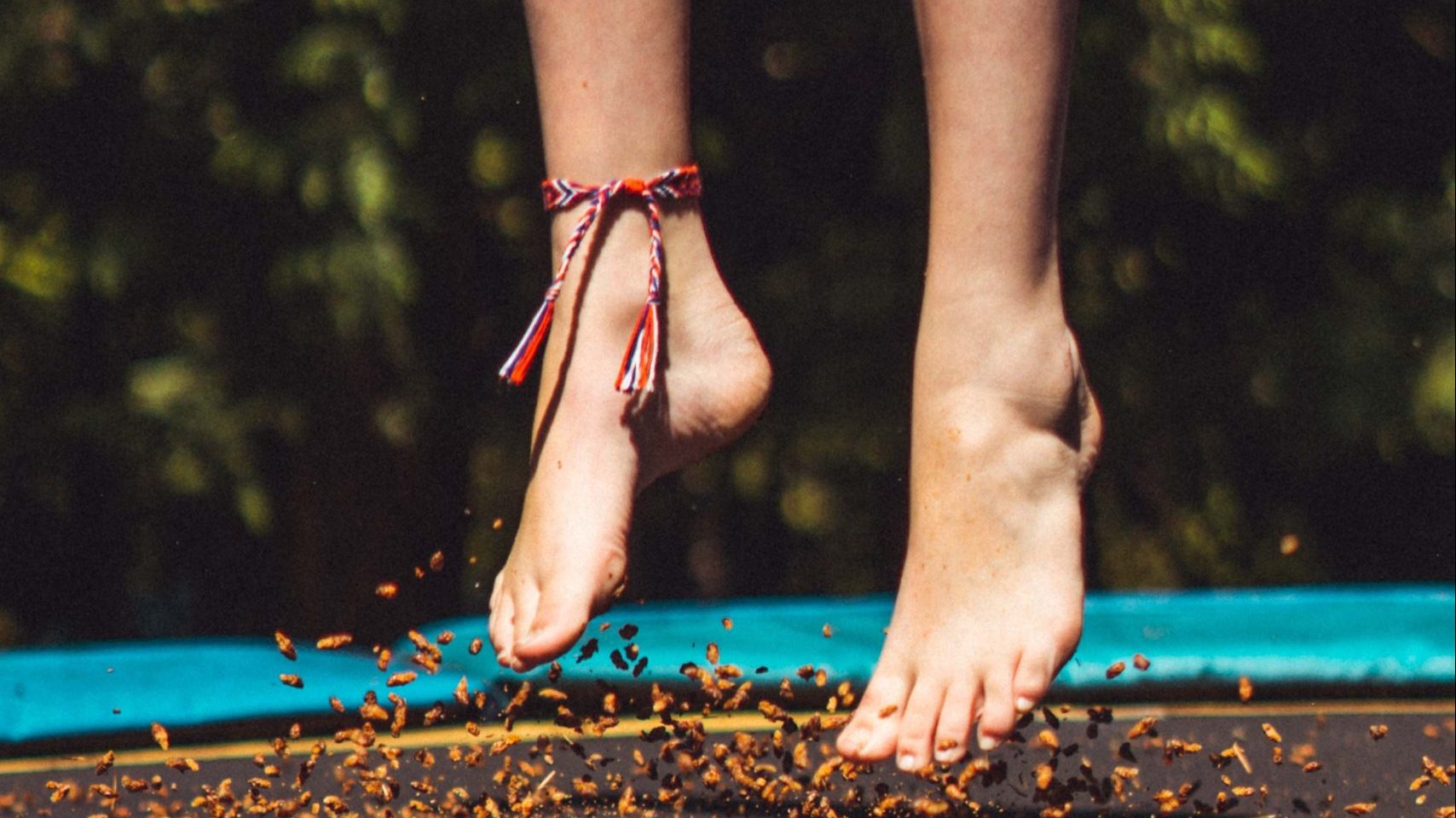
Although they are slow to develop arches, children’s feet grow incredibly quickly. By the age of one, a baby’s foot will have reached half of its maximum adult size, and by the age of 12 it will be 90% grown. Despite this, the bones of the feet are some of the last to finish developing, and sometimes continue growing up until the age of 25.
Foot binding is a brutal ancient practice
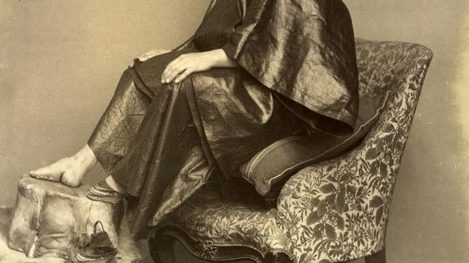
Foot binding was a Chinese practice that involving breaking the bones of young girls’ feet and tightly binding them with cloth to change their shape and size. The shrunken, trotter-like feet that foot binding produces were once seen as a mark of feminine beauty in Imperial China, but fortunately the barbaric practice has been relegated to the annals of history.
The record for standing on one foot is 76 hours 40 minutes

The world record for longest time spent balancing on a single foot belongs to Sri Lankan native Suresh Joachim. In 1997, Joachim spent 76 hours and 40 minutes continually standing on one foot, setting a record that no one has come close to touching since. Reflecting on the event, Joachim stated “if they paid me a million dollars I would not do it again.”
The most expensive shoes ever went for $2.2 million

In April 2023, auction house Sothebys achieved a world record $2.2 million for a pair of basketball shoes worn by Michael Jordan during the 1998 NBA Final. The shoes are known as “The Last Dance” because 1998 was the last year that Jordan played for the Chicago Bulls.
Lorenz Larkin has the world’s hardest kick

In 2022, podcaster and martial artist Joe Rogan set the record for the hardest kick in the world, delivering a strike that measured 152,000 Franklins. That record stood until 2023, when Bellator kick-boxer Lorenz Larkin delivered a monster kick that clocked in at 238,875 Franklins, setting a benchmark that is unlikely to be beaten for some time.
Spurs were invented in the fifth century BC
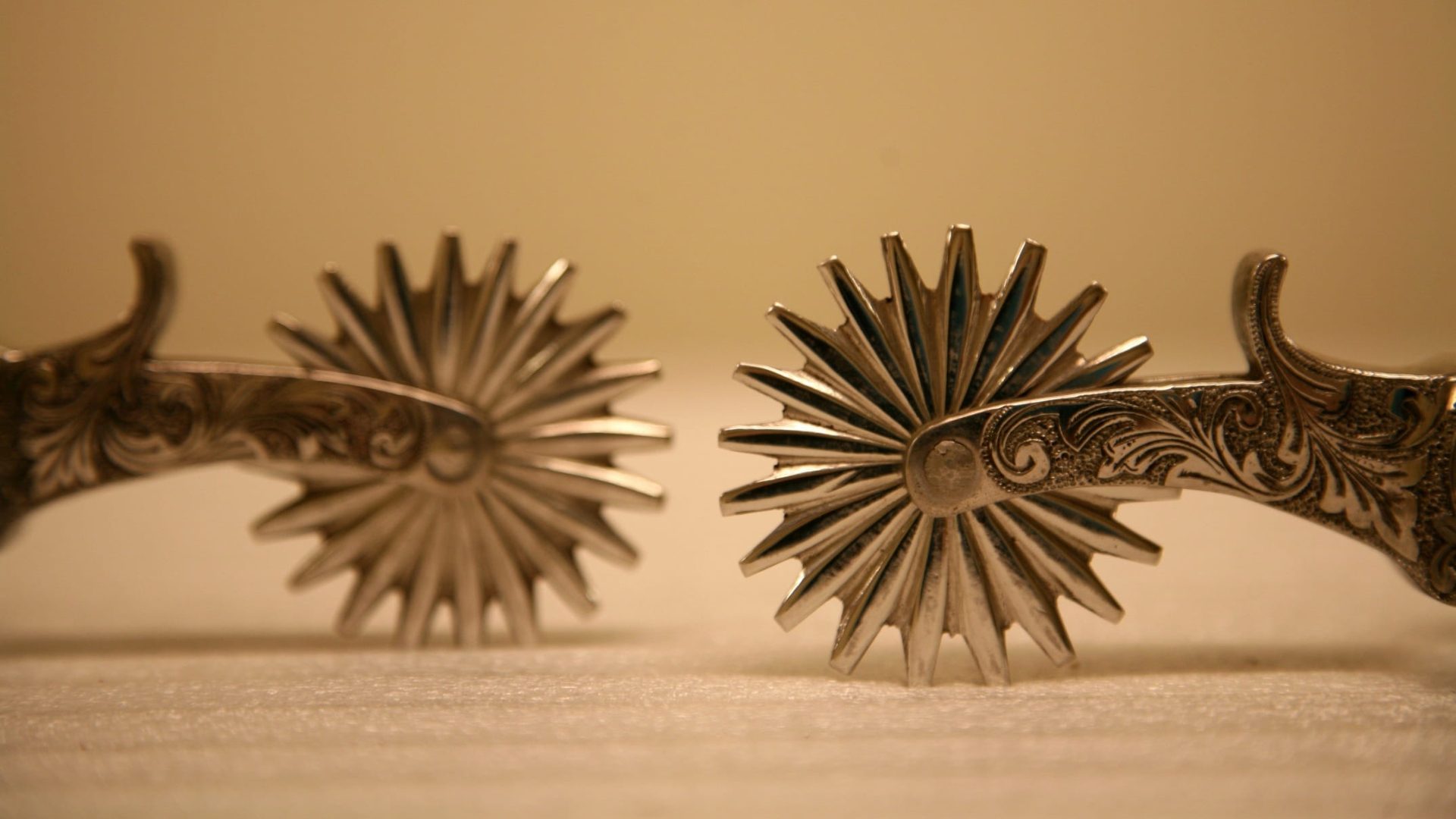
Spurs – spiked metal wheels that attach to the heels of boots and allow riders to easily direct their horses – are these days most associated with cowboys. However, it is believed that spurs were actually invented in the fifth century BC, with evidence suggesting that they were used by the Celts, Romans and various Middle Eastern empires.
The record for barefoot water skiing is 2 hours 49 minutes
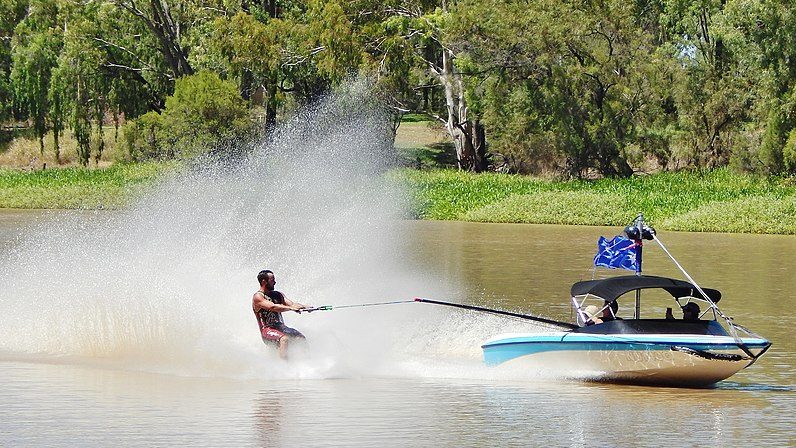
Barefoot water skiing is a type of water sport in which individuals are pulled behind a speedboat while skimming over the surface of the water on the soles of their feet. The record for longest time spent continually barefoot water skiing belongs to Billy Nichols, who in 1988 (aged just 14) skied for 2 hours 49 minutes without falling over.
Shoes change the way you run
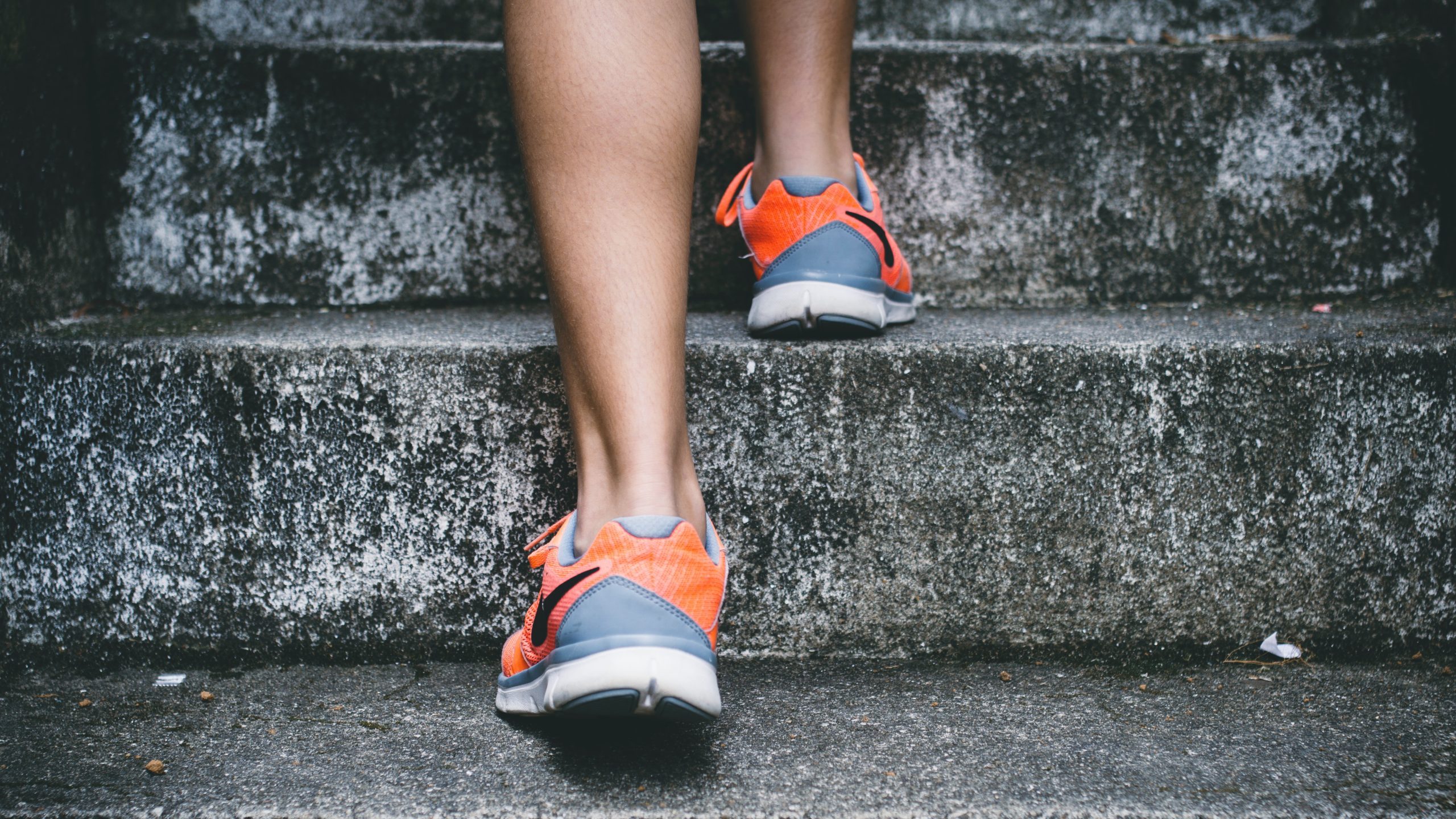
One of the hottest debates in the running community is whether it’s preferable to run barefoot or while wearing trainers. Scientists studying this question have discovered that runners in shoes tend to strike the ground with their heel as they run, while barefoot runners predominantly land on the ball of their foot, although there still isn’t a consensus as to which is better.
Shoes indicated status in medieval times
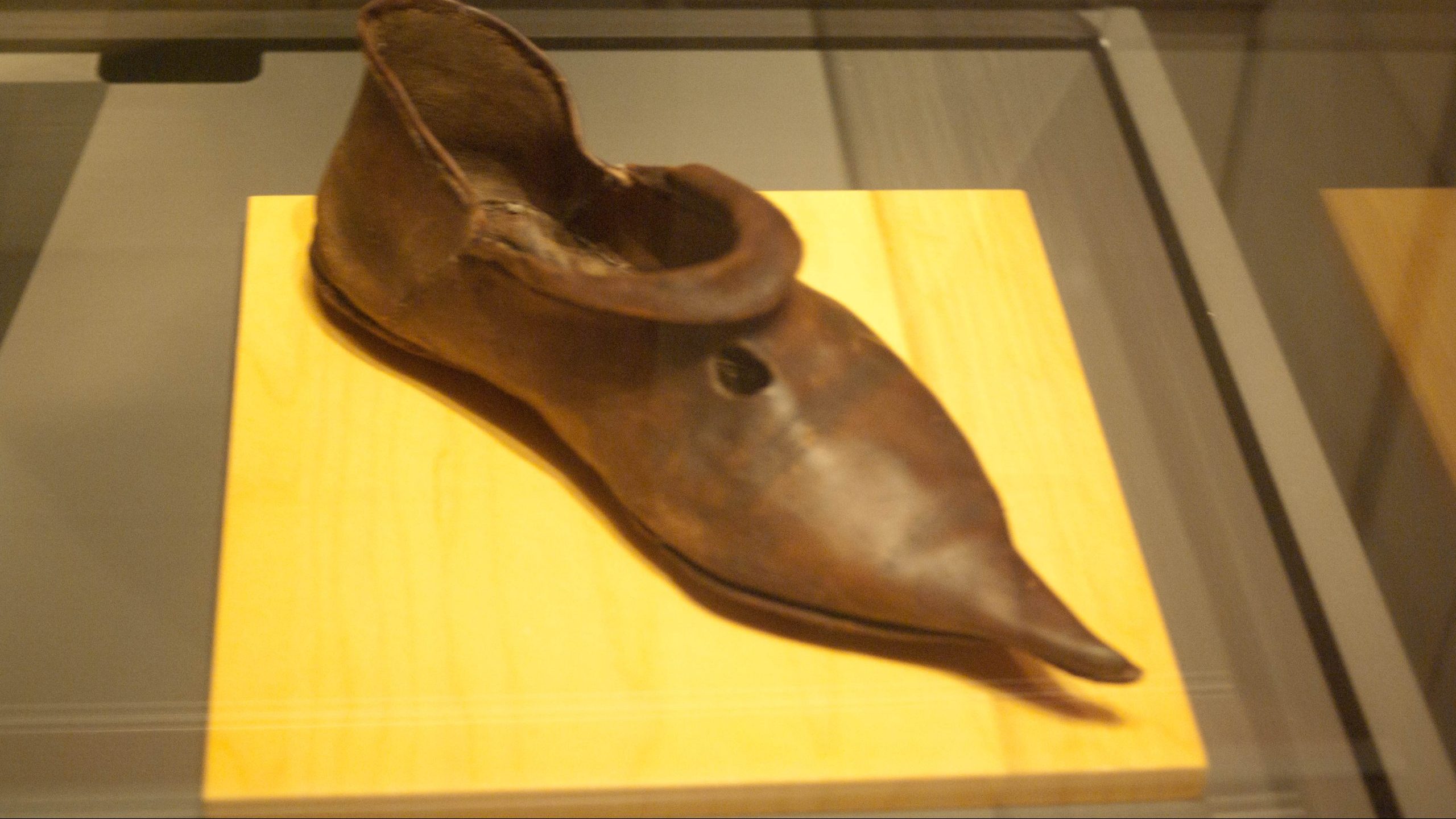
During the medieval period, footwear was a common way of indicating one’s status in society. Members of the nobility wore shoes known as ‘poulaines,’ which were made out of leather and featured long, extravagant points. Peasants, on the other hand, wore boots or foot-wraps designed for durability and warmth when working in the fields.
Andrew Snope ran 220 kilometres barefoot
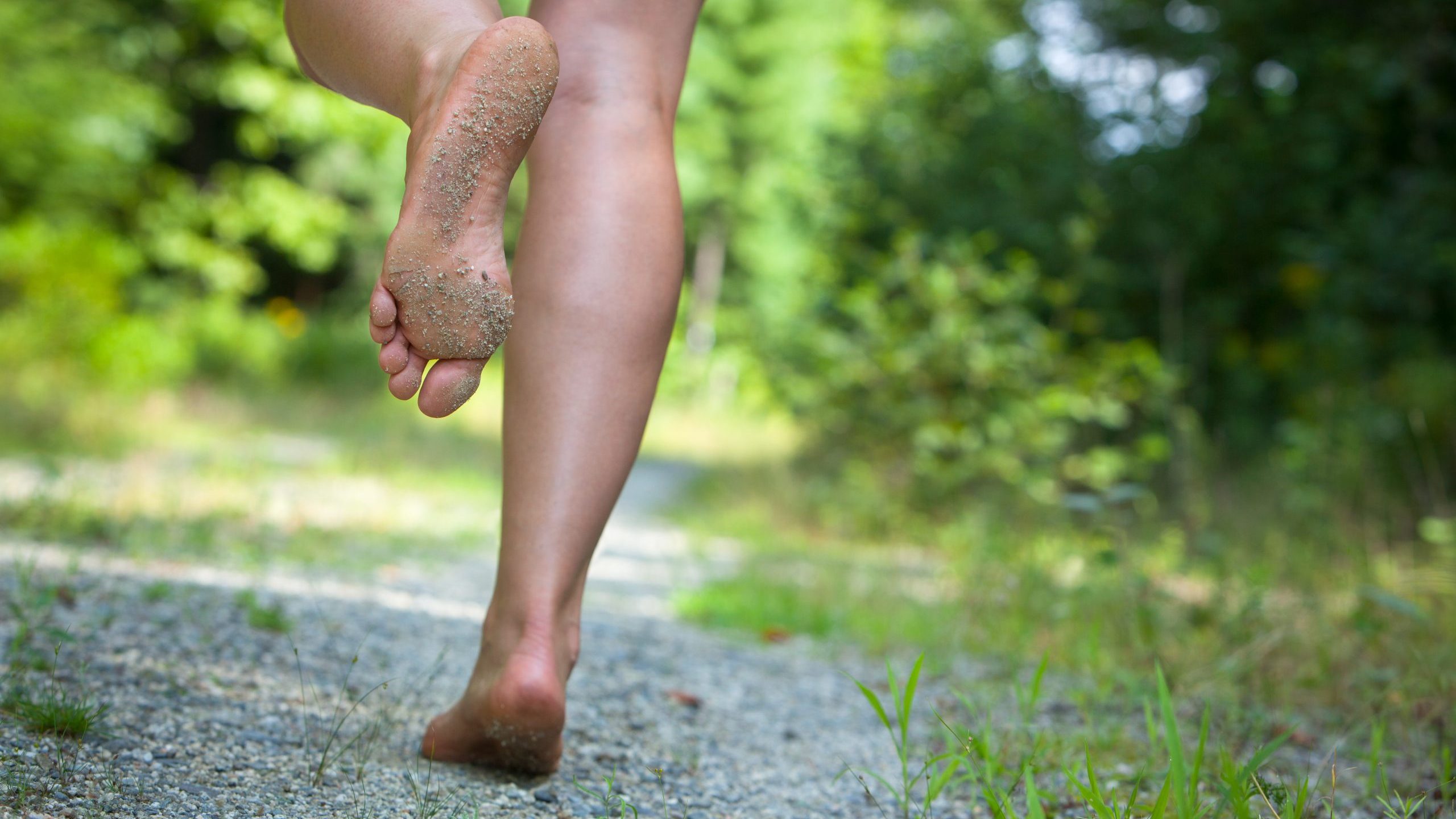
In 2014, endurance athlete Andrew Snope ran 220.45 kilometres in 24 hours, setting a new world record. Snope ran continuously for the entire time, at an average pace of 9.1 kilometres per hour, inside Anchorage’s Alaska Dome. The previous world record of 211 kilometres was set a year earlier in New Zealand.
Standing on a bed of nails has health benefits
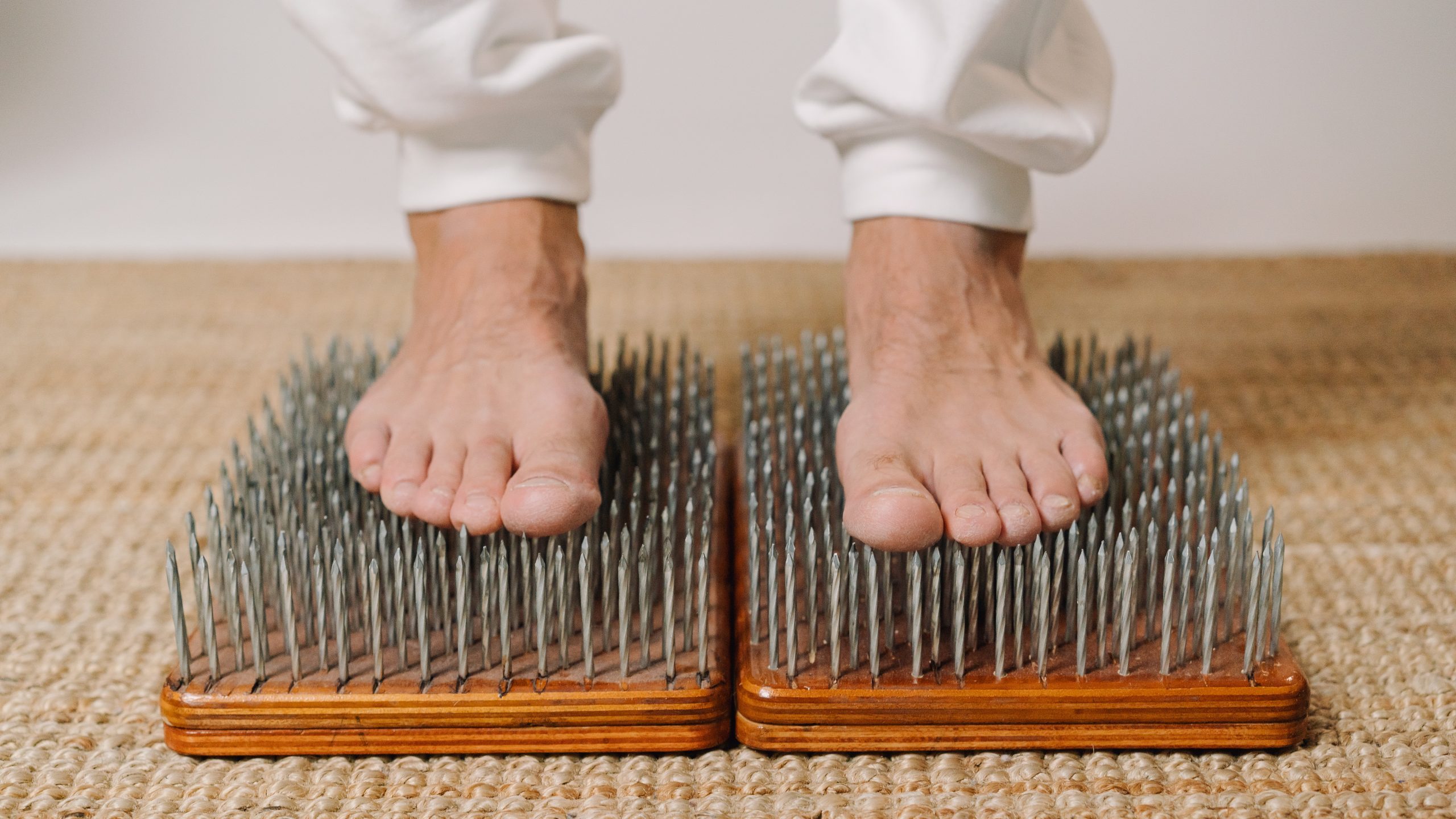
While standing barefoot on a bed of nails might seem like nothing more than a daring party trick, it actually carries a number of health benefits. Standing on nails increases circulation to the feet, which in turn improves heart function, leading to higher energy levels and reduced risks of cardiovascular disease.
Dr. Märtens invented the now-iconic boots after hurting his ankle
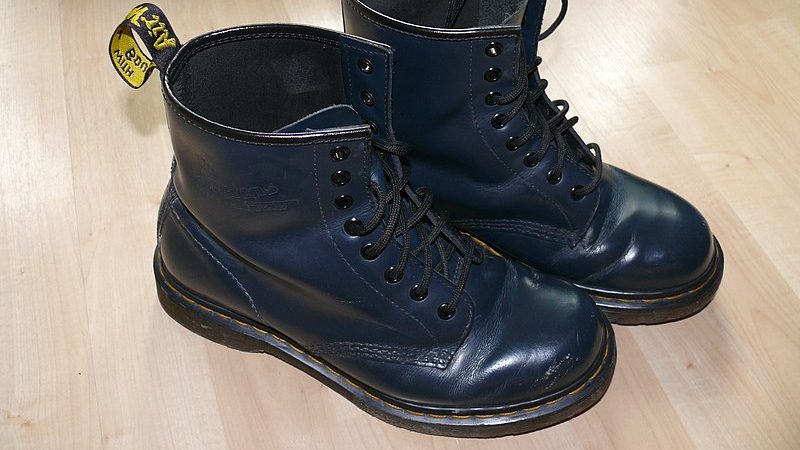
A doctor in the German army during The Second World War, Klaus Märtens injured his ankle in 1945 while still on service. After discovering that his regular army boots exacerbated the pain, he designed his own version with soft leather and air-cushioned soles. He began selling his new design after the war, and Dr. Martens eventually became one of the most popular brands in the world.
Toenails get harder to cut as you age
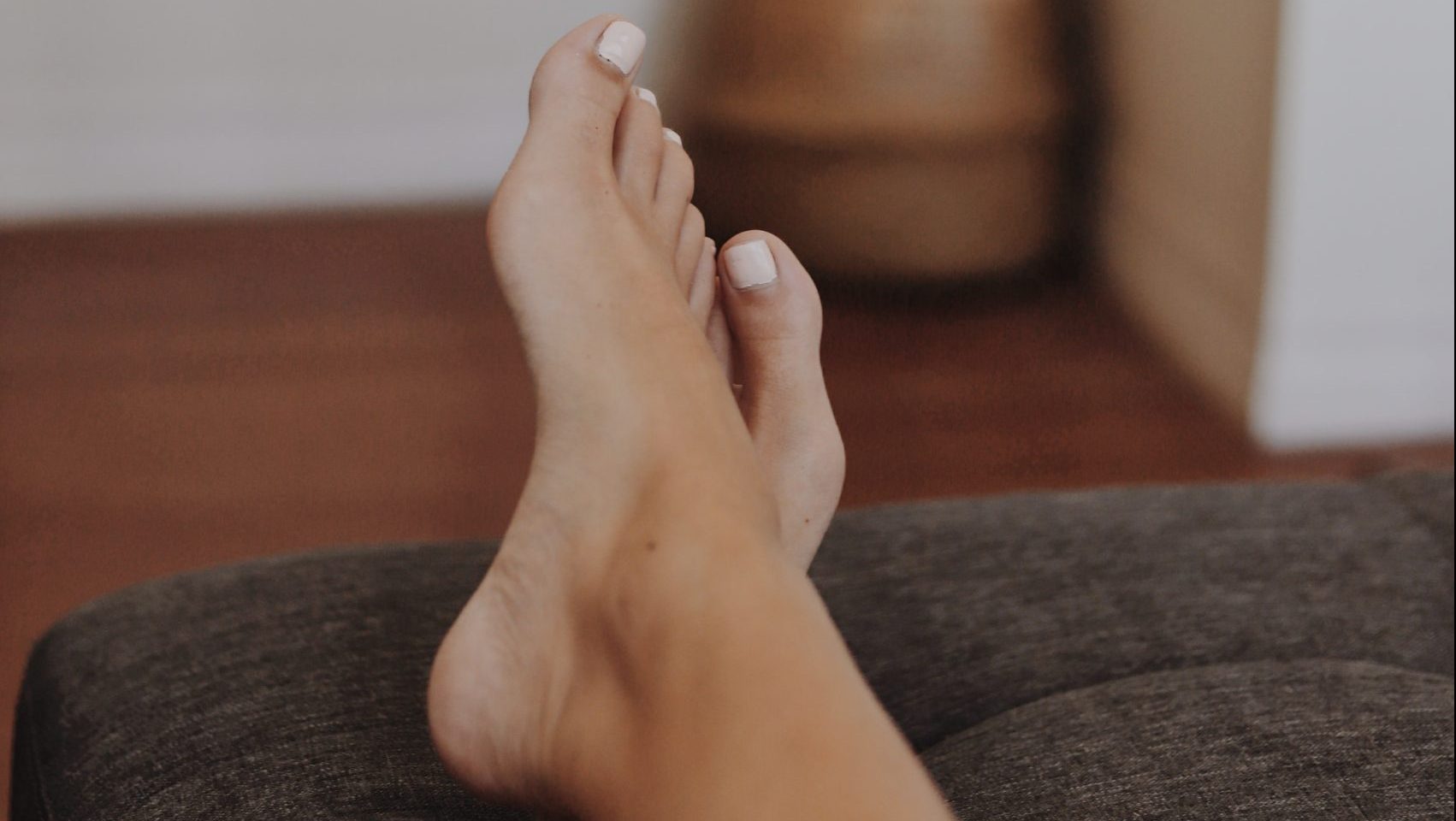
If you feel like it takes more effort to cut your toenails the older you get, you’re not imagining it. As you age, your toenails start to grow wider and thicker, thanks to nail cells building up. Repeated trauma to the nail – such as stubbing your toe – can also irreversible thickening.
Standing still is harder than walking
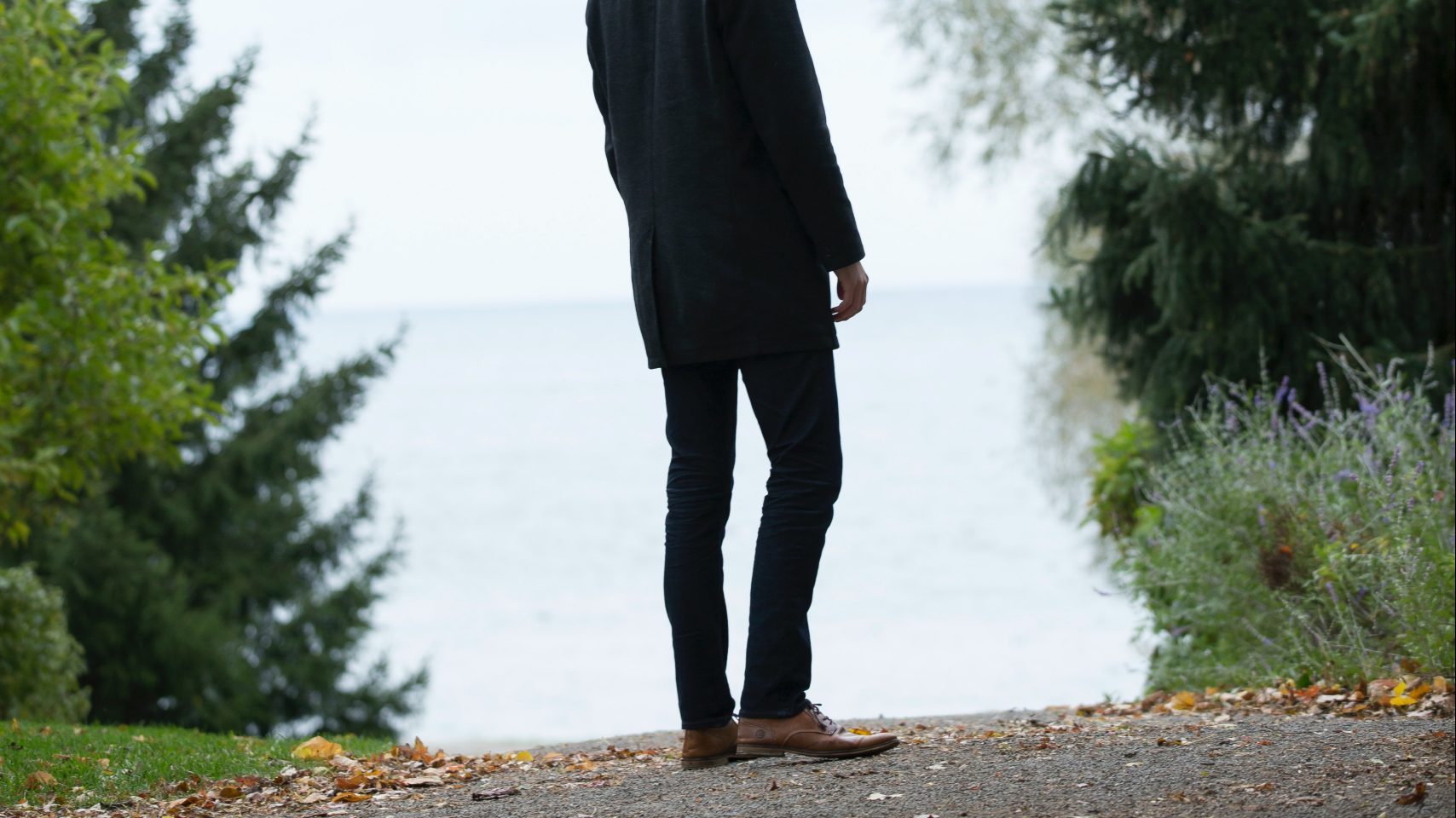
Studies have shown that people find it harder to stand in a single spot than they do to walk for the equivalent length of time. This is because standing still places more strain on fewer muscles, while walking spreads the load across a larger number of muscles in the feet, ankles and legs.
Egyptian butchers used to wear high heels
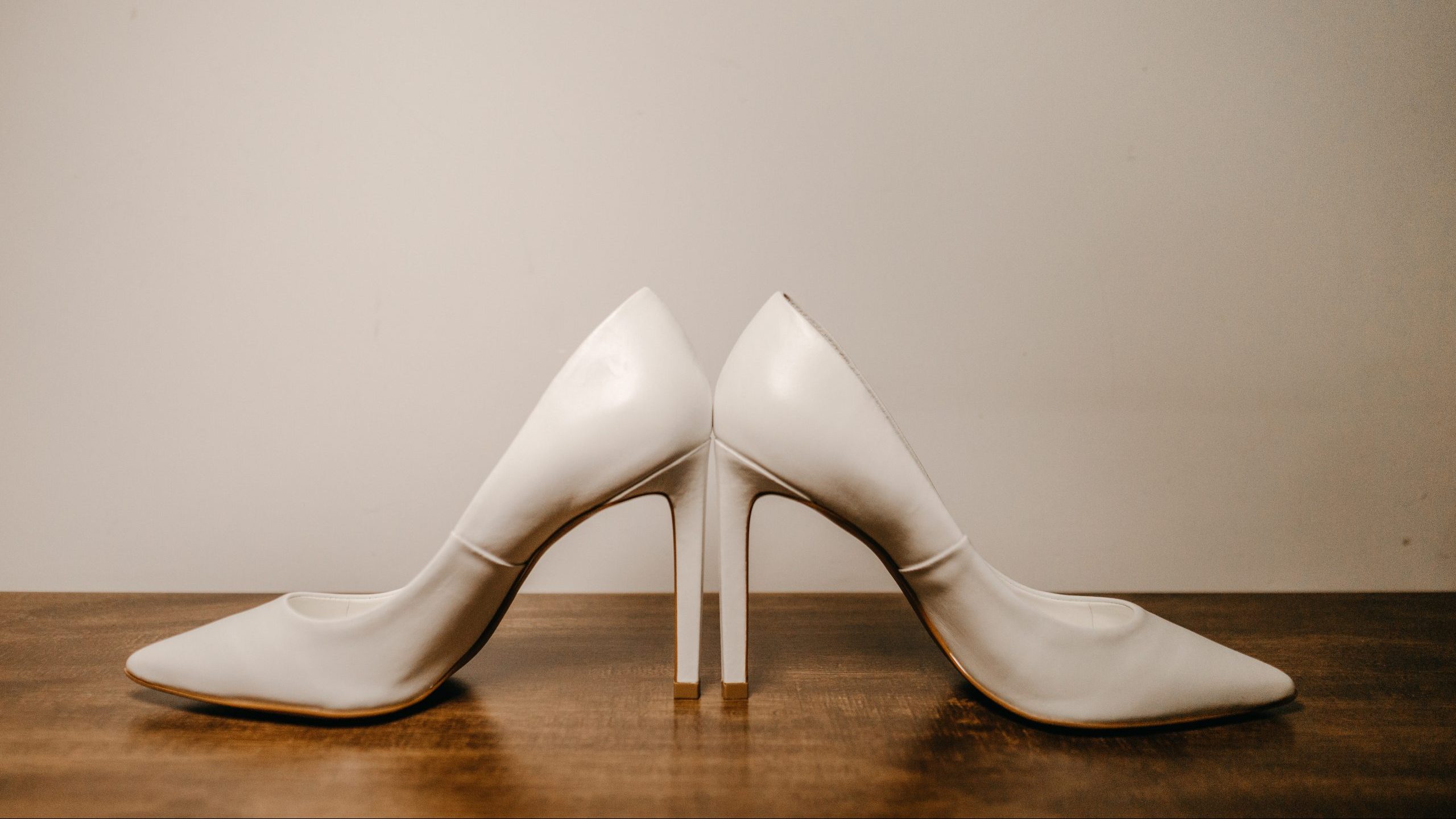
While these days high heeled shoes are regarded as symbols of seduction, in the past they were used for decidedly more practical purposes. In Ancient Egypt, butchers wore high heeled shoes when they were slaughtering animals so that they could walk between the carcasses without getting blood on their feet.
“Elvis foot” refers to shaking caused by fear
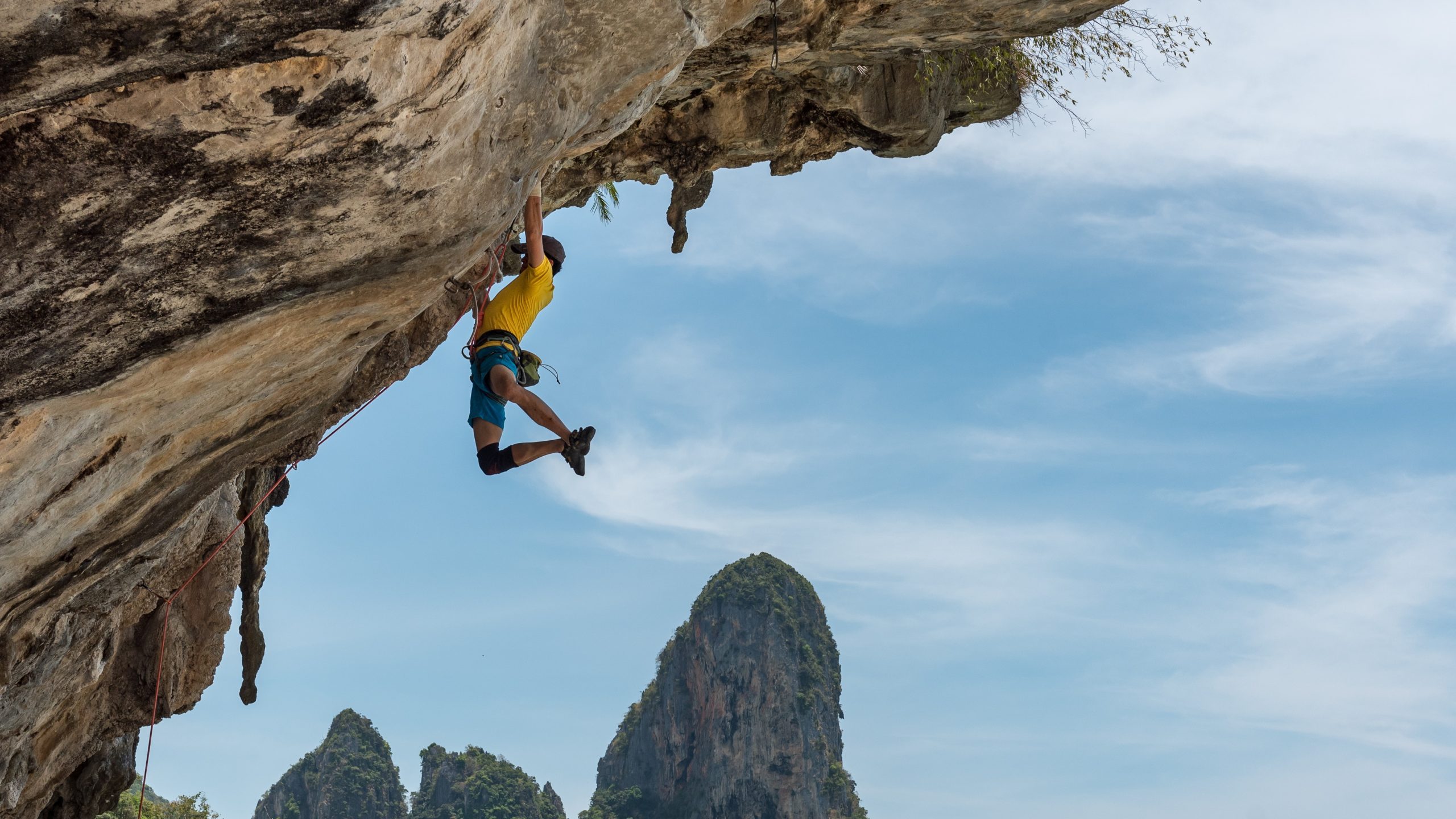
Amongst rock climbers, the term “Elvis foot” refers to an involuntary shaking of the feet and legs caused by terror or exhaustion. The condition can be seriously dangerous, causing climbers to slip and fall. While all but the bravest climbers use ropes, taking a tumble can still involve falling several metres and slamming into solid rock.
New shoes should be bought at the end of the day
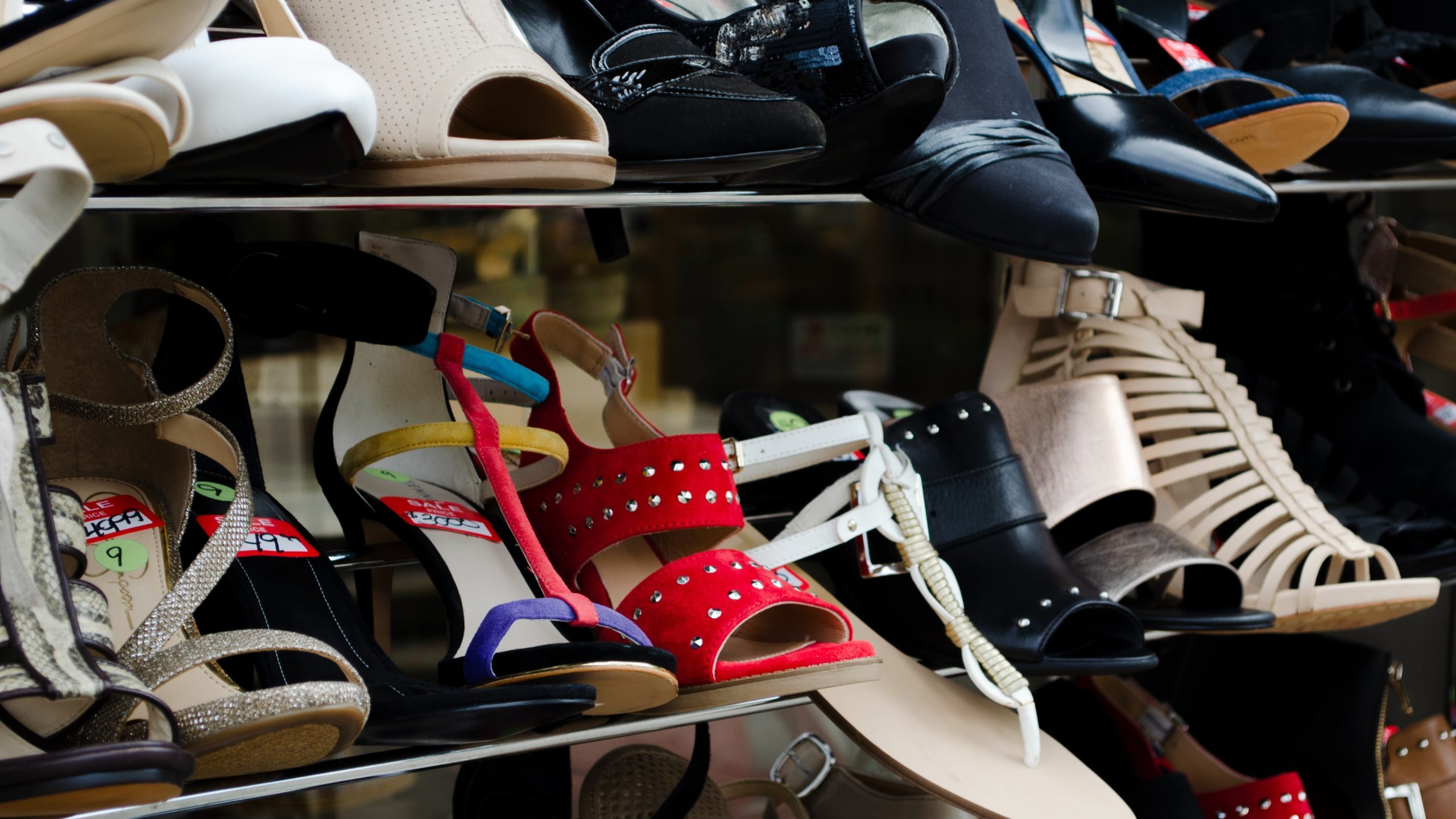
Thanks to the vicissitudes of daily life, your feet swell throughout the day, which is why you should never buy new shoes in the morning. It is suspected that a lot of Americans (up to 80% by some estimates) wear shoes that are too small to accommodate this swelling, resulting in foot pain and other problems.
Quentin Tarantino famously has a foot fetish
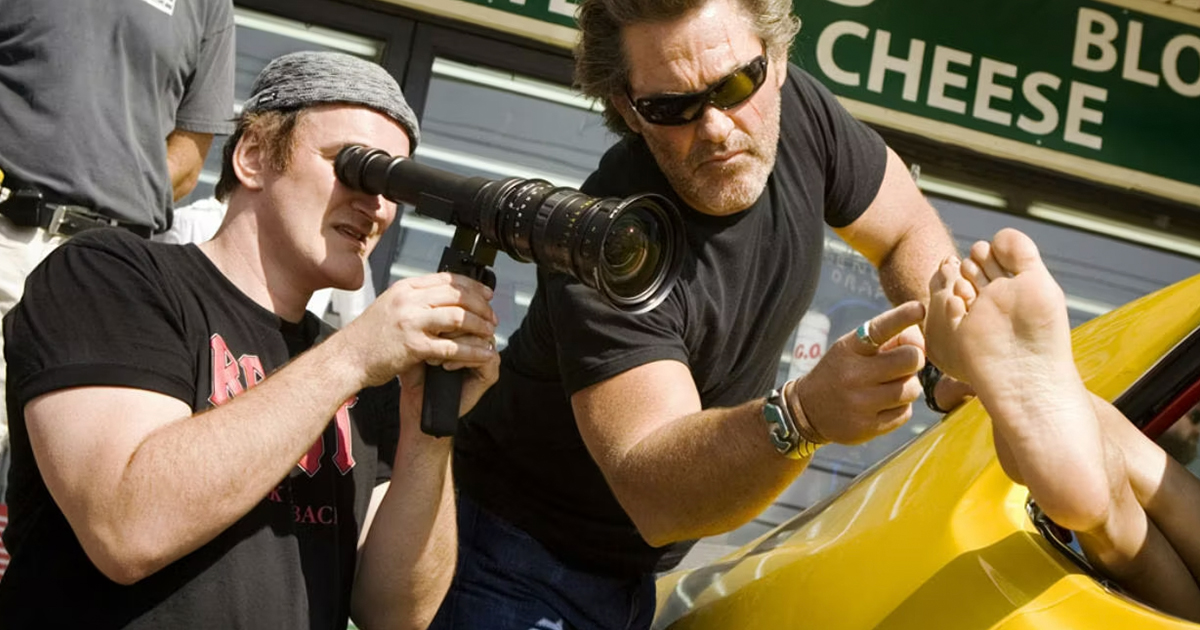
If you’ve ever watched the films of Quentin Tarantino, you might have noticed that many of them contain lingering shots of bare women’s feet. This isn’t a coincidence. The director has publicly admitted that he has a foot fetish, something which the casts of his films have riffed on a number of times.
Your feet are fine-tuned for sensing
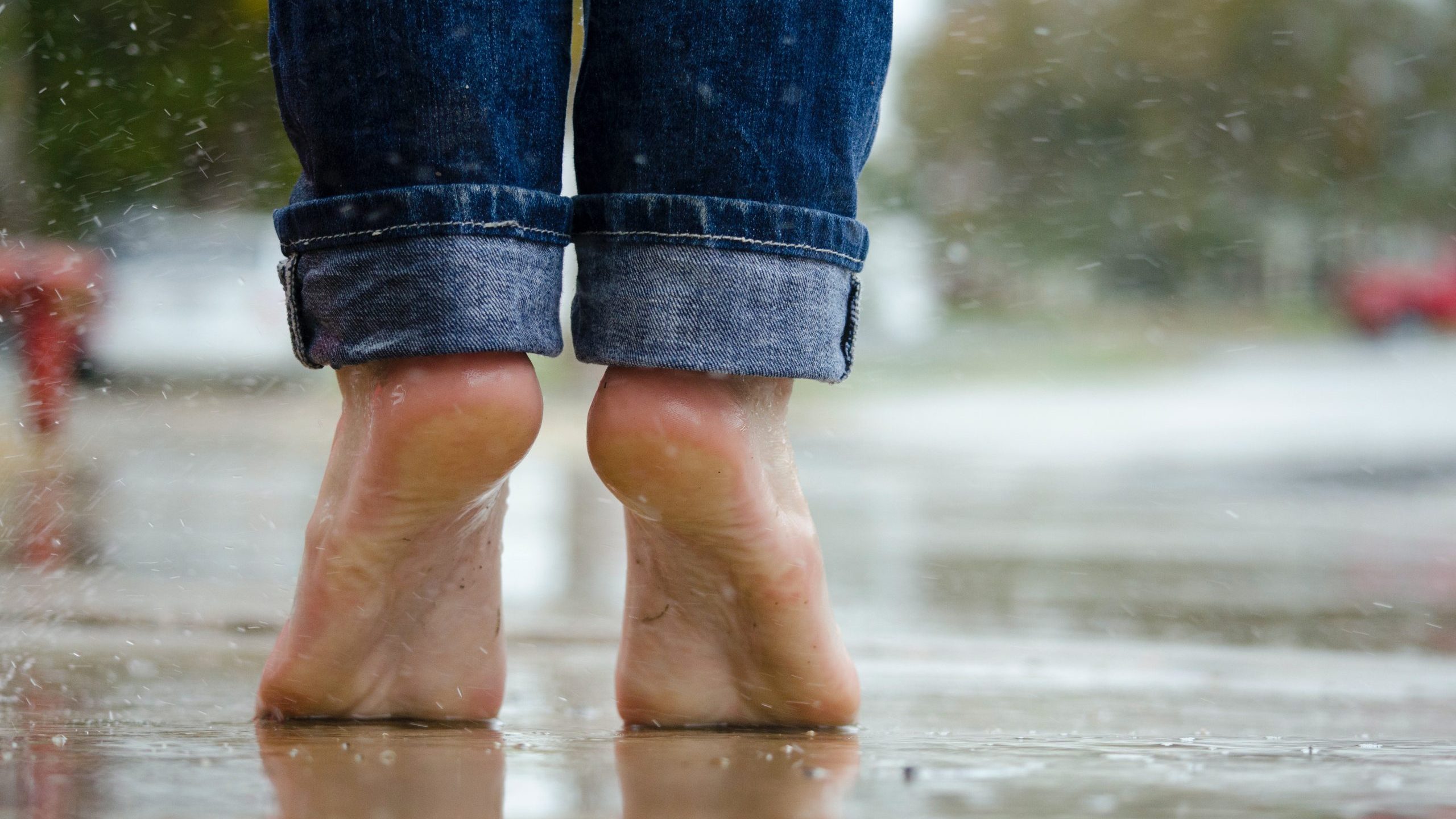
Our hands get all the credit when it comes to how we interact with the world, but our feet our actually the unsung heroes. Possessing over 200,000 nerve endings each, our feet are constantly feeding our brains a stream of information about our environment, allowing us to navigate effectively while remaining aware of our surroundings.